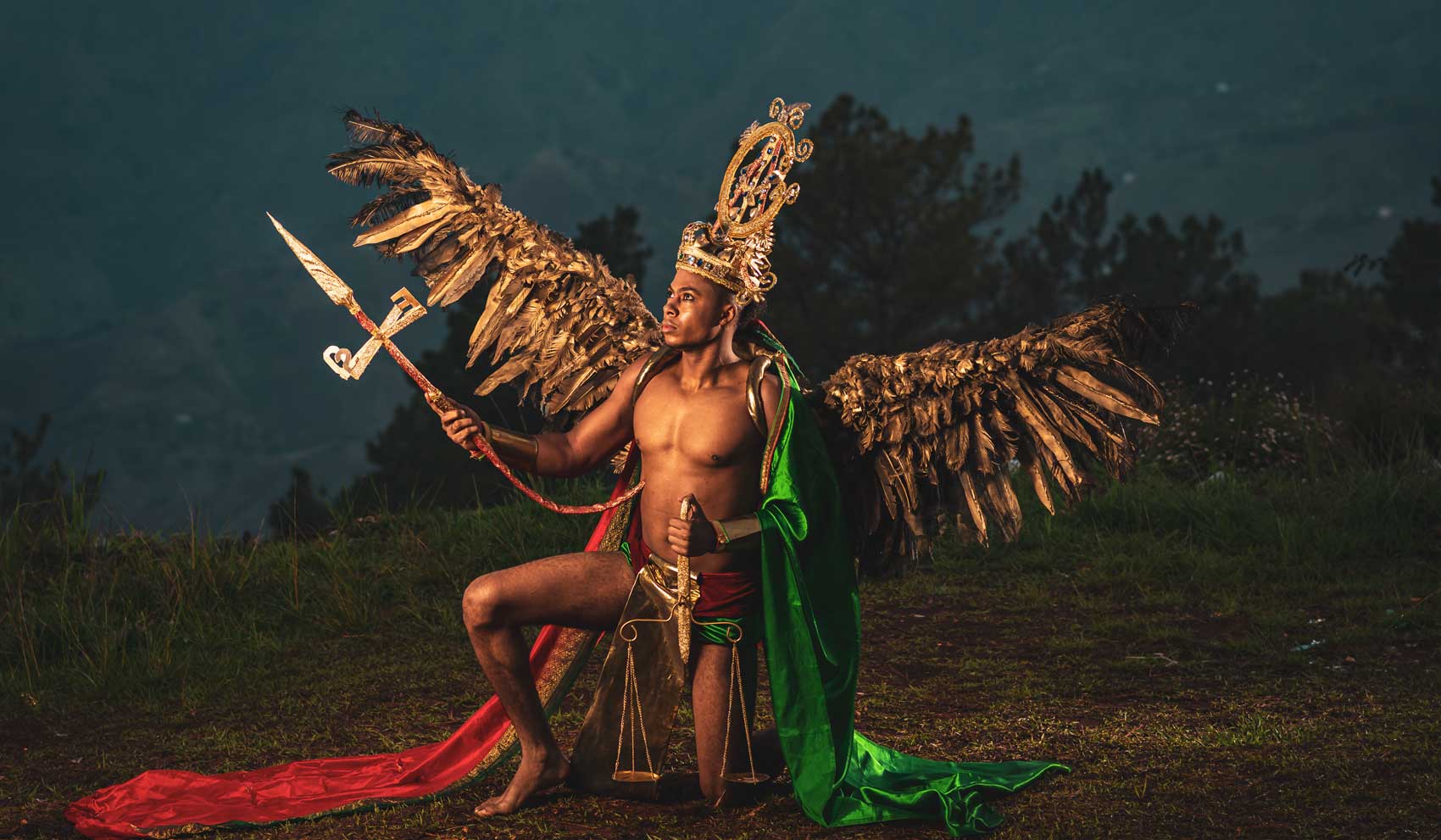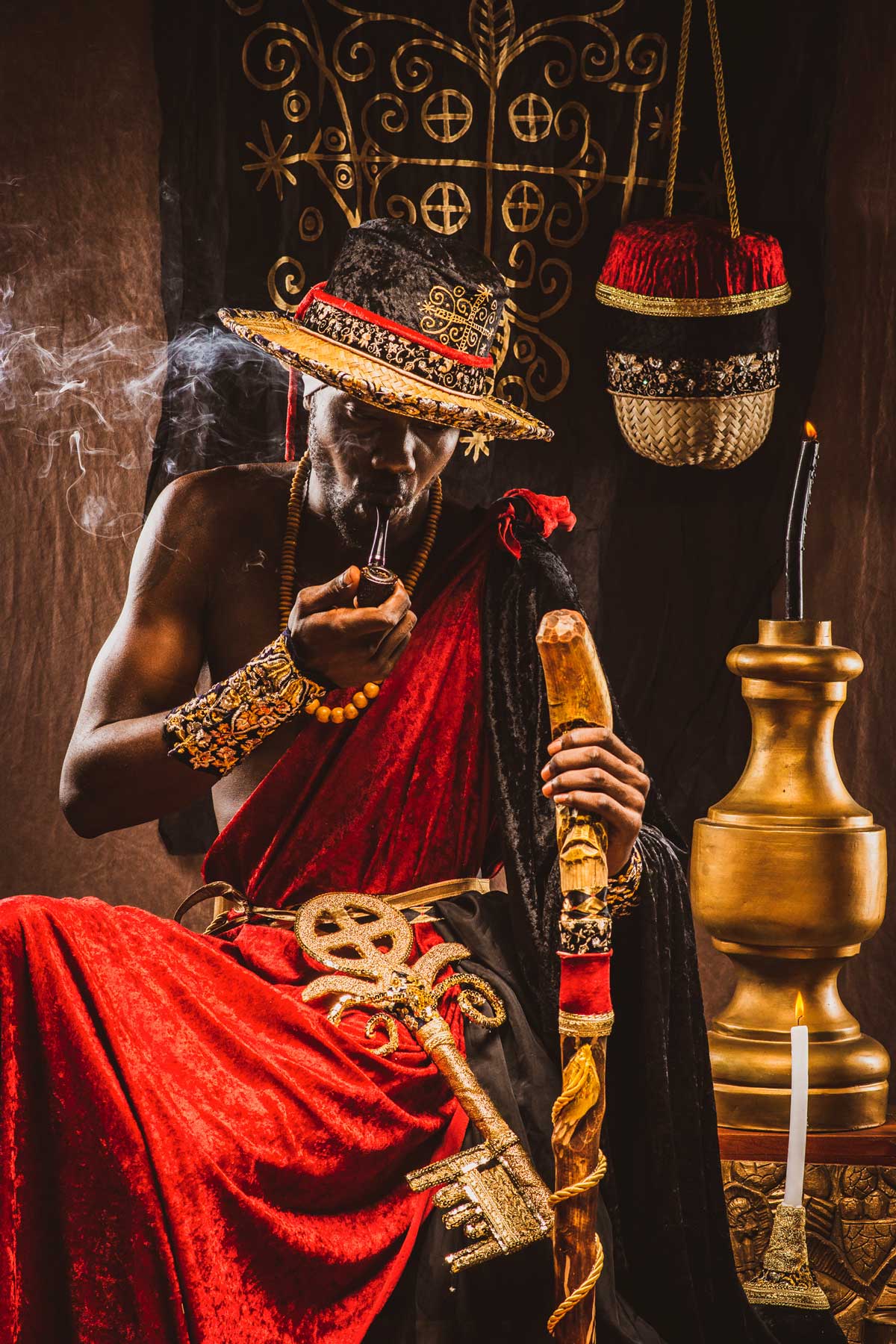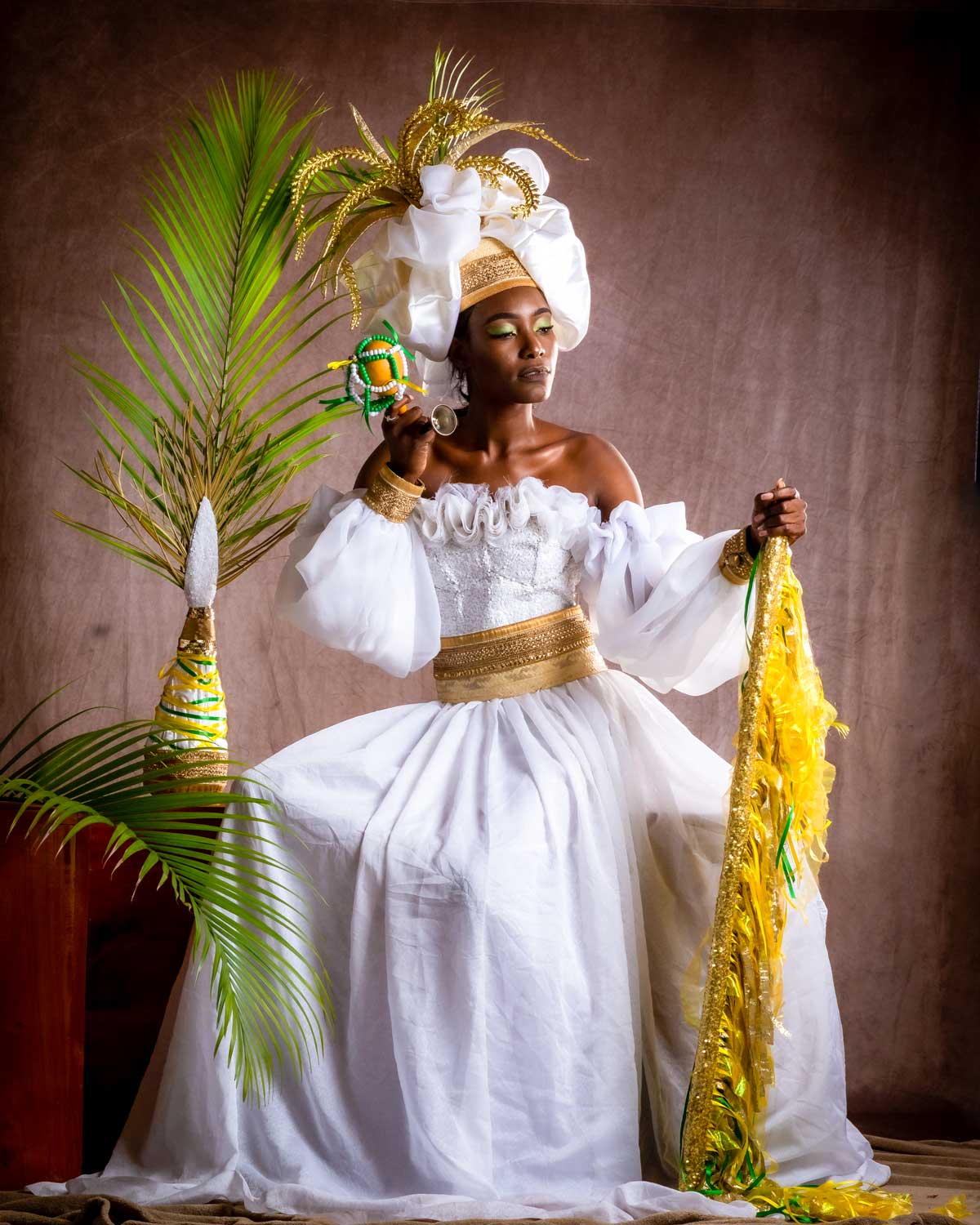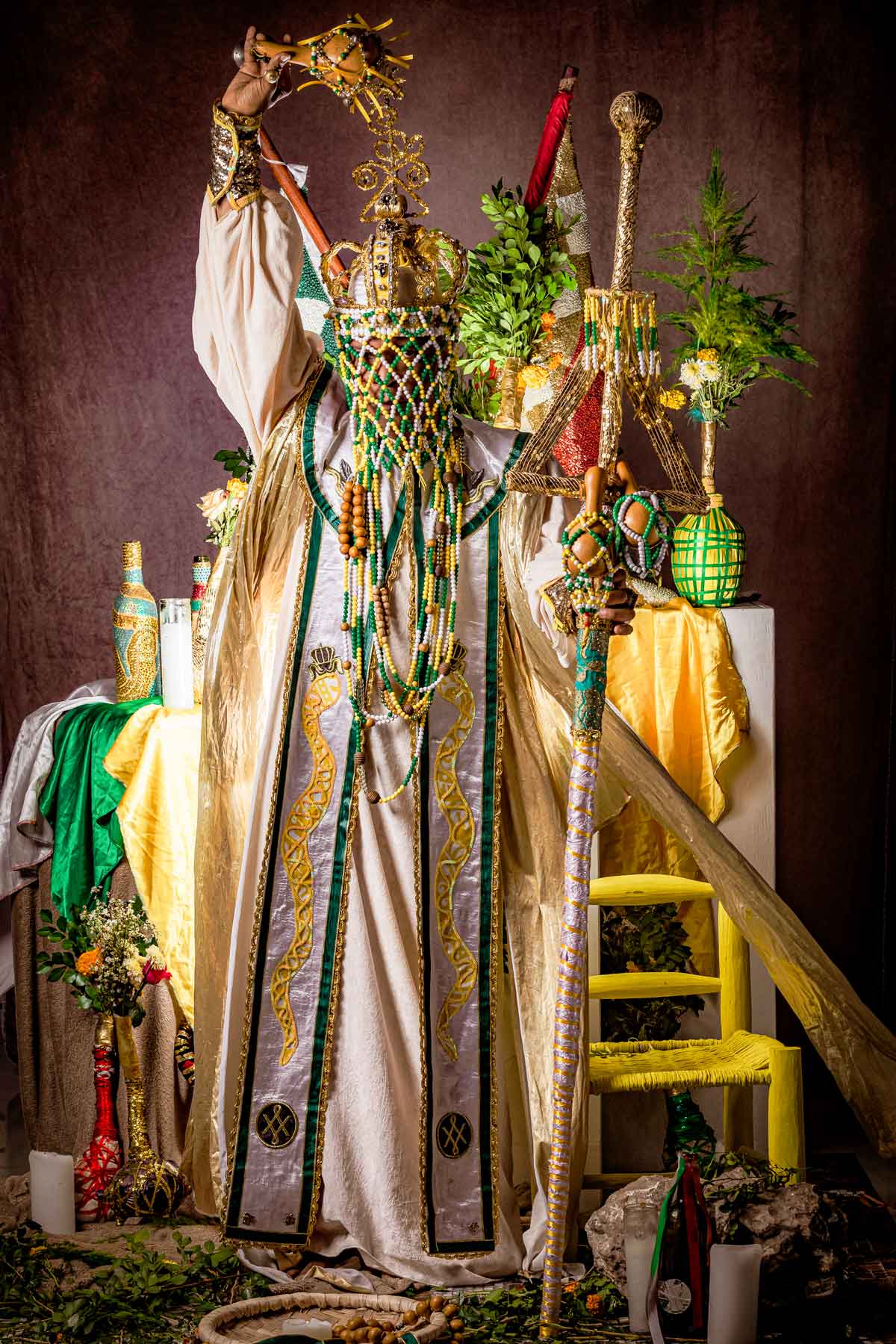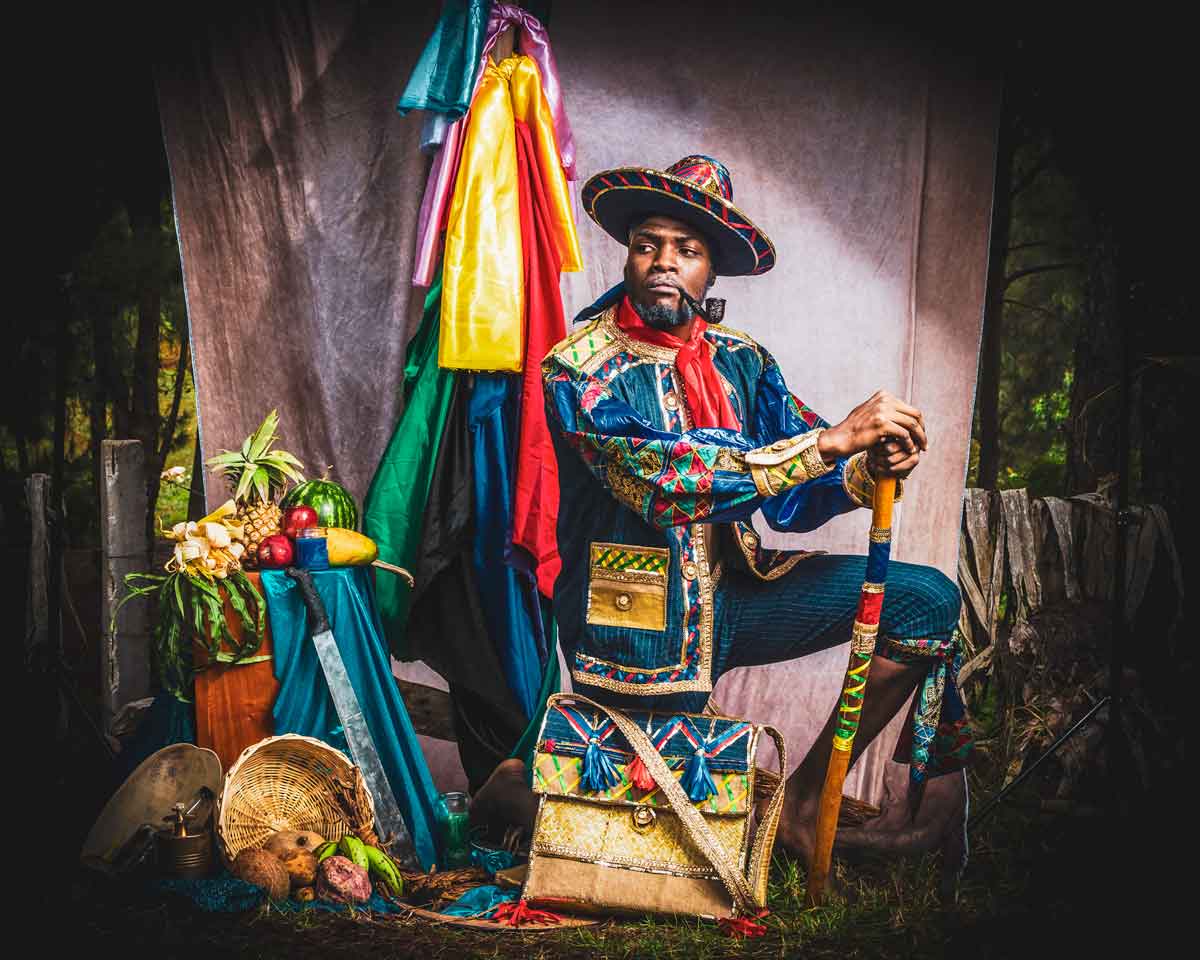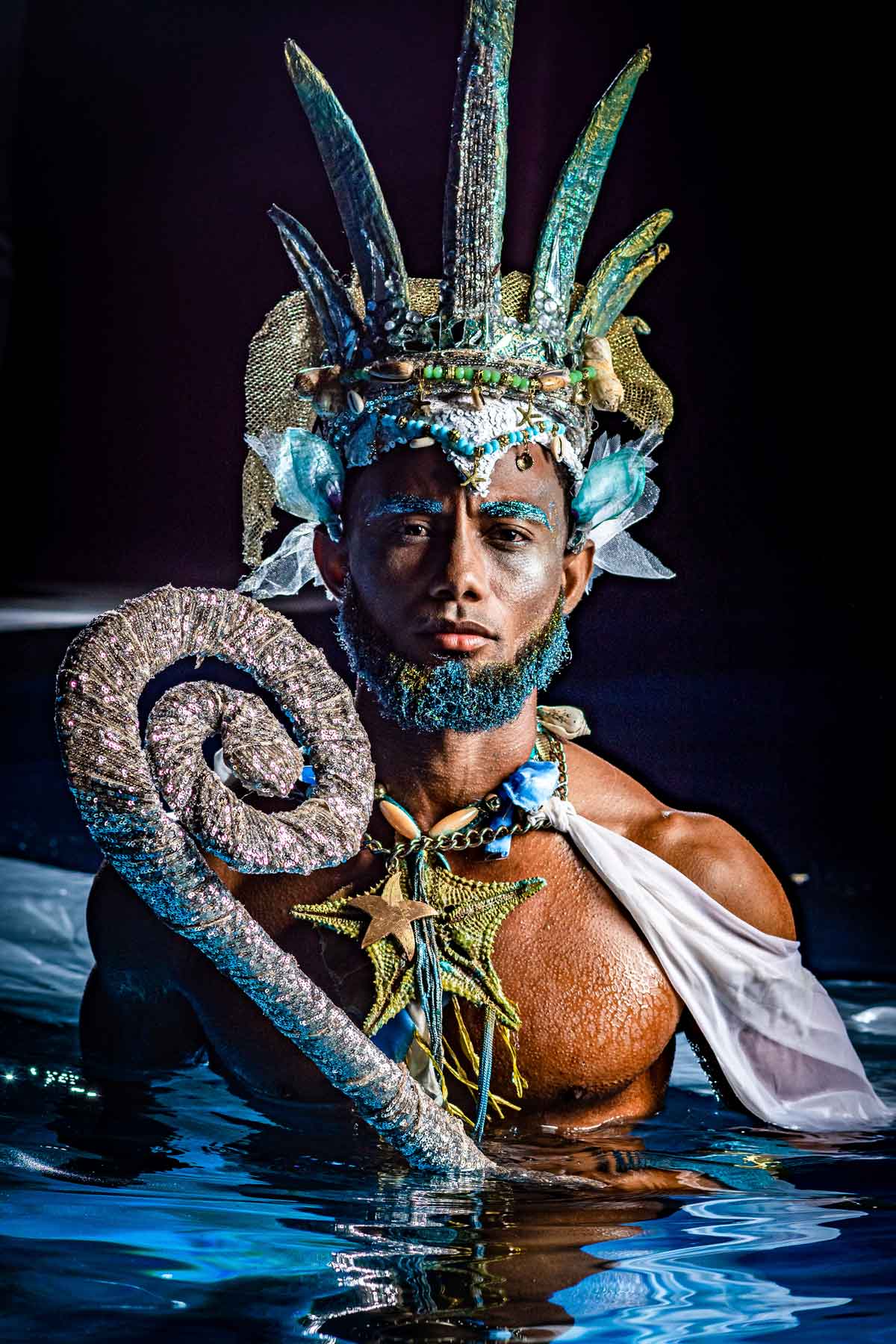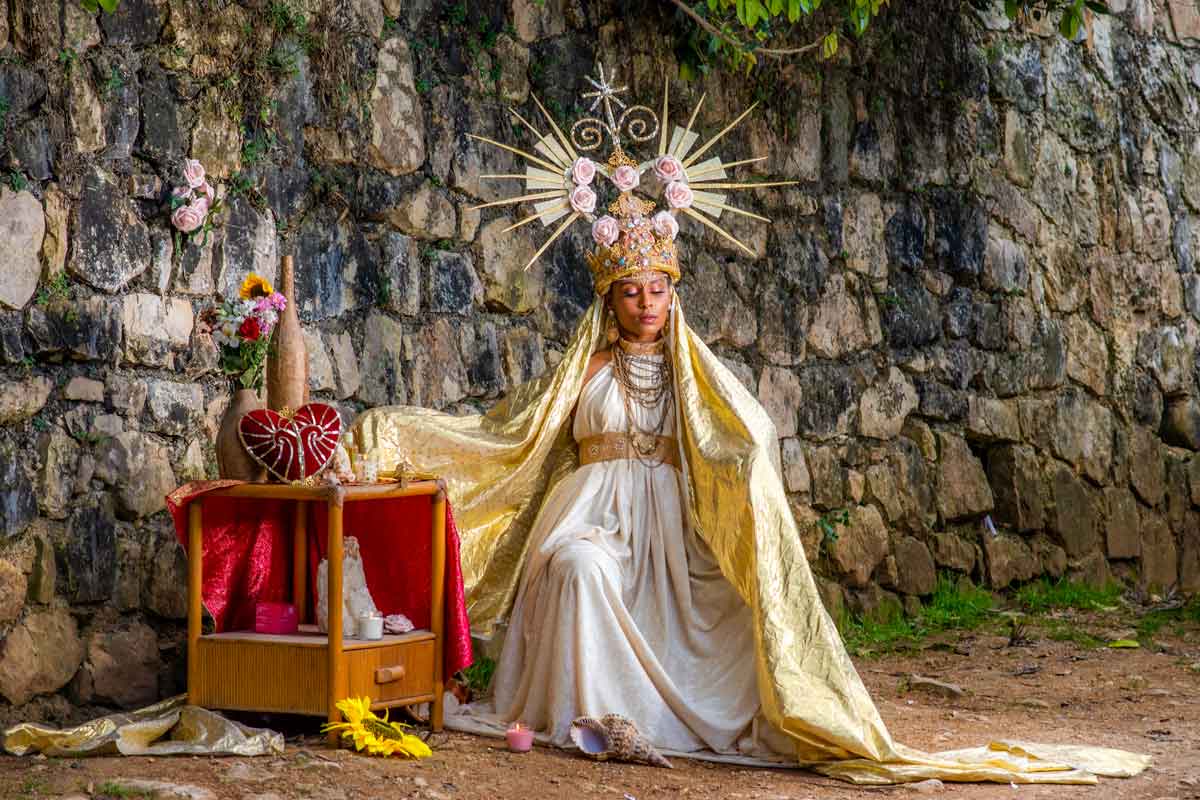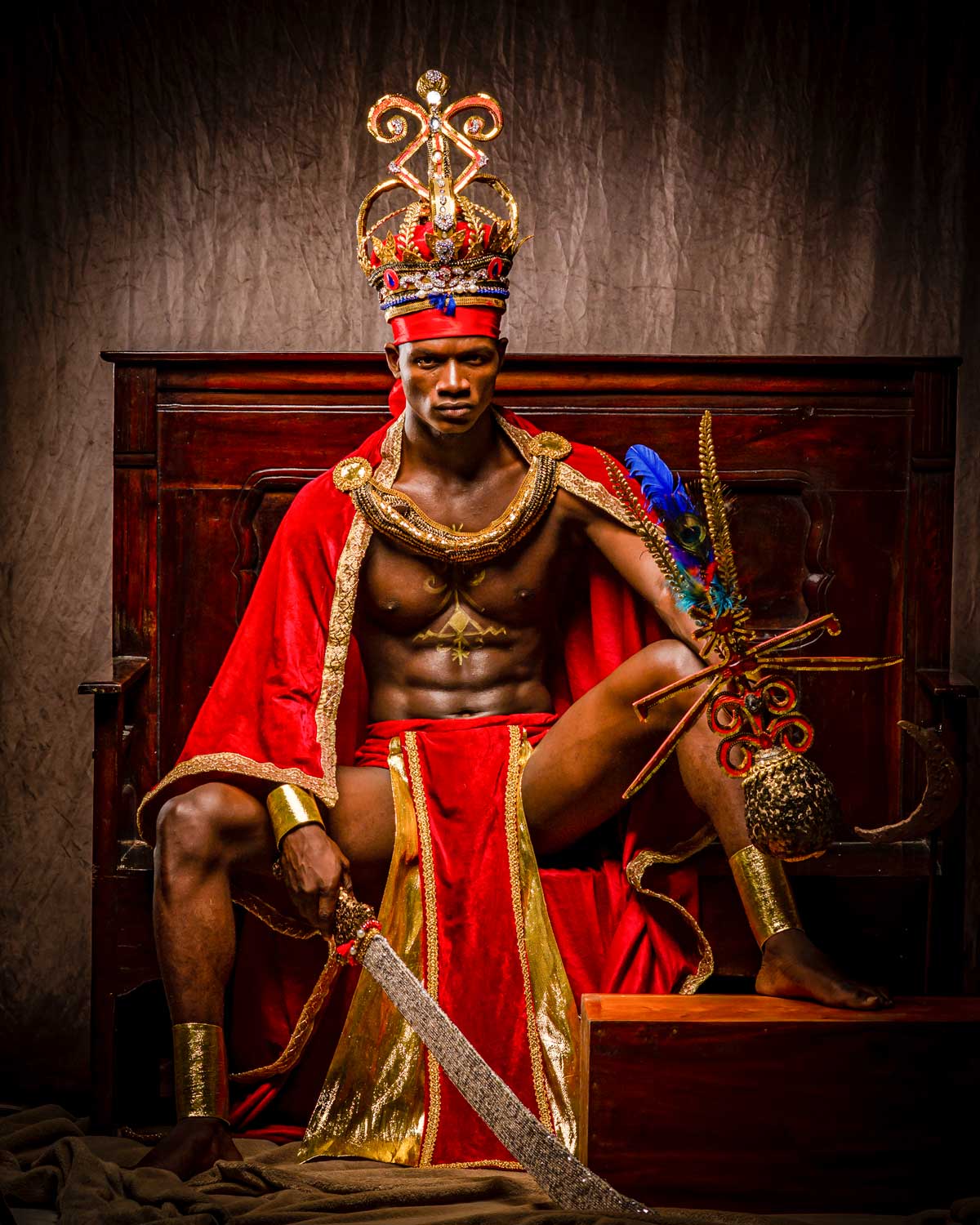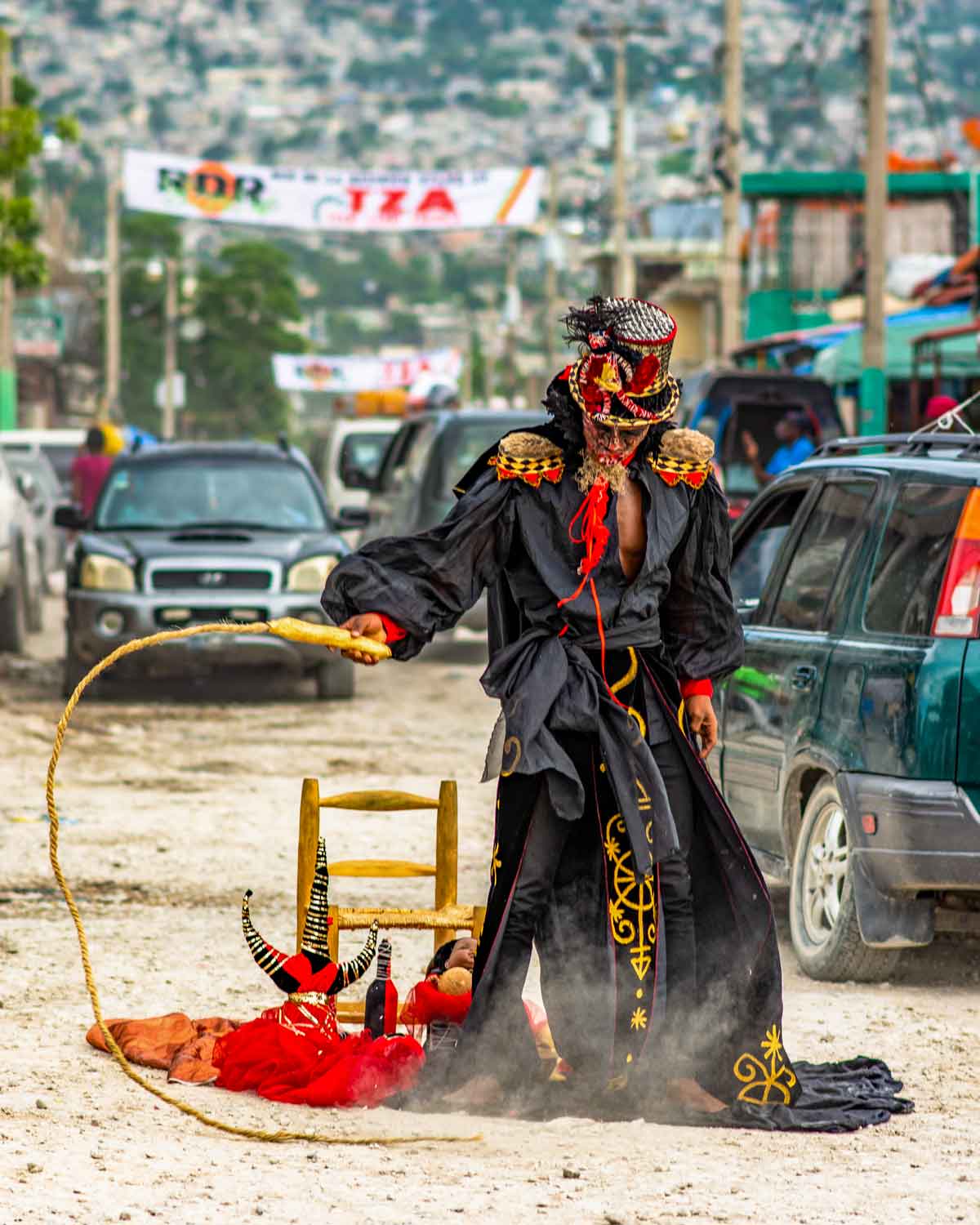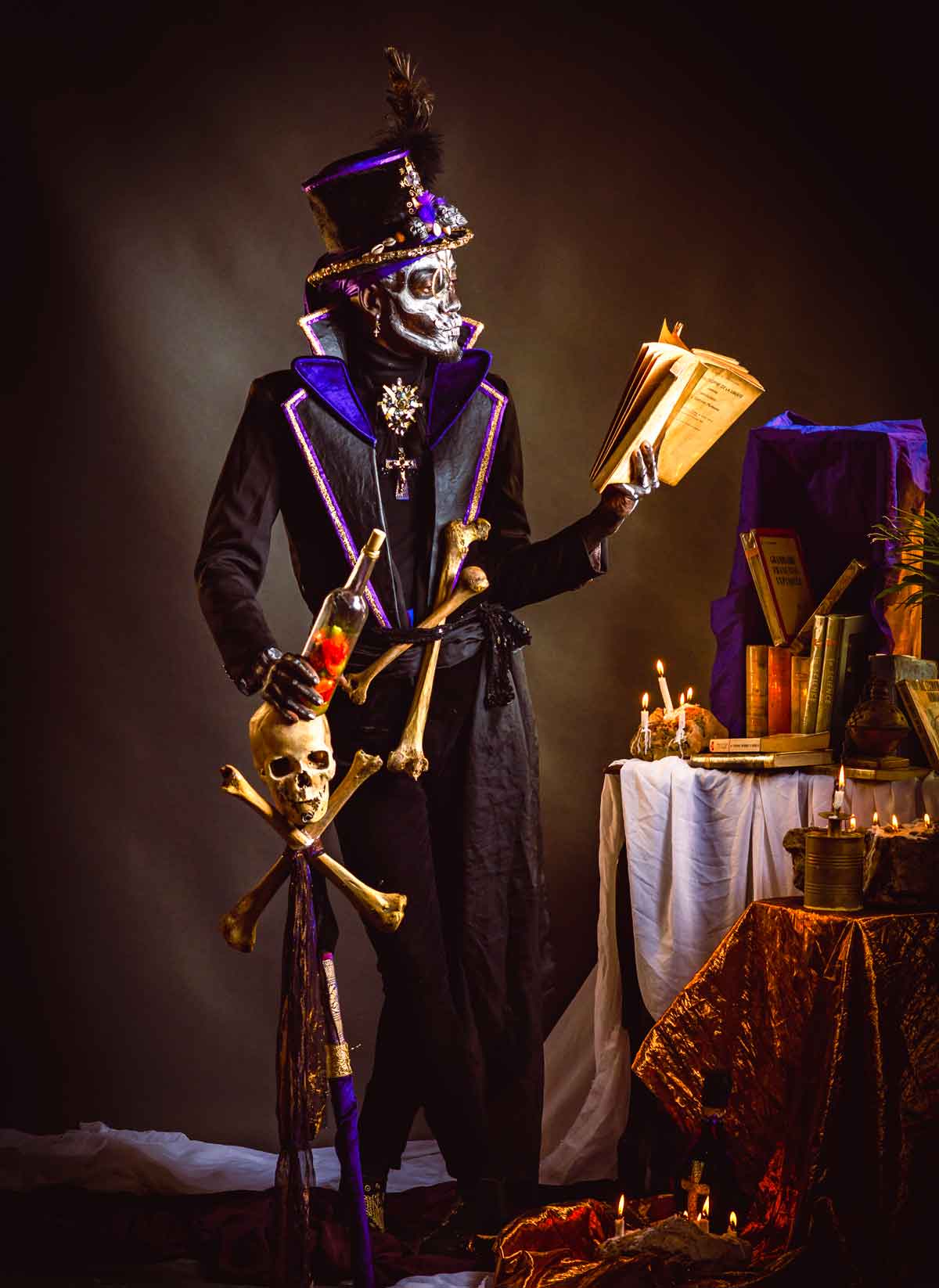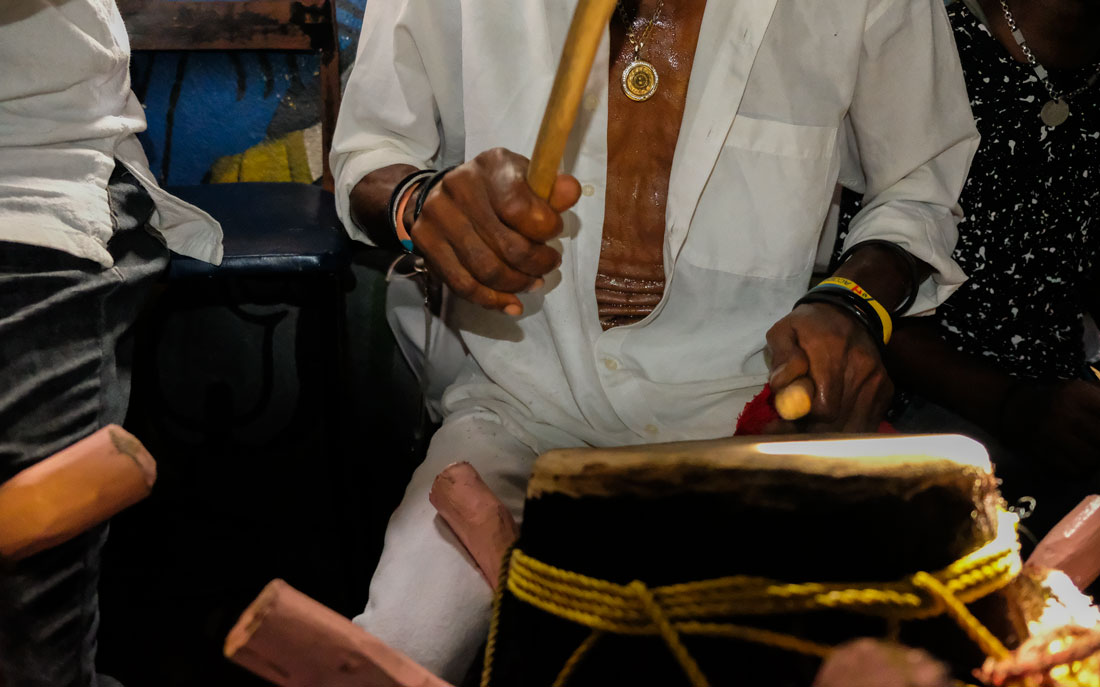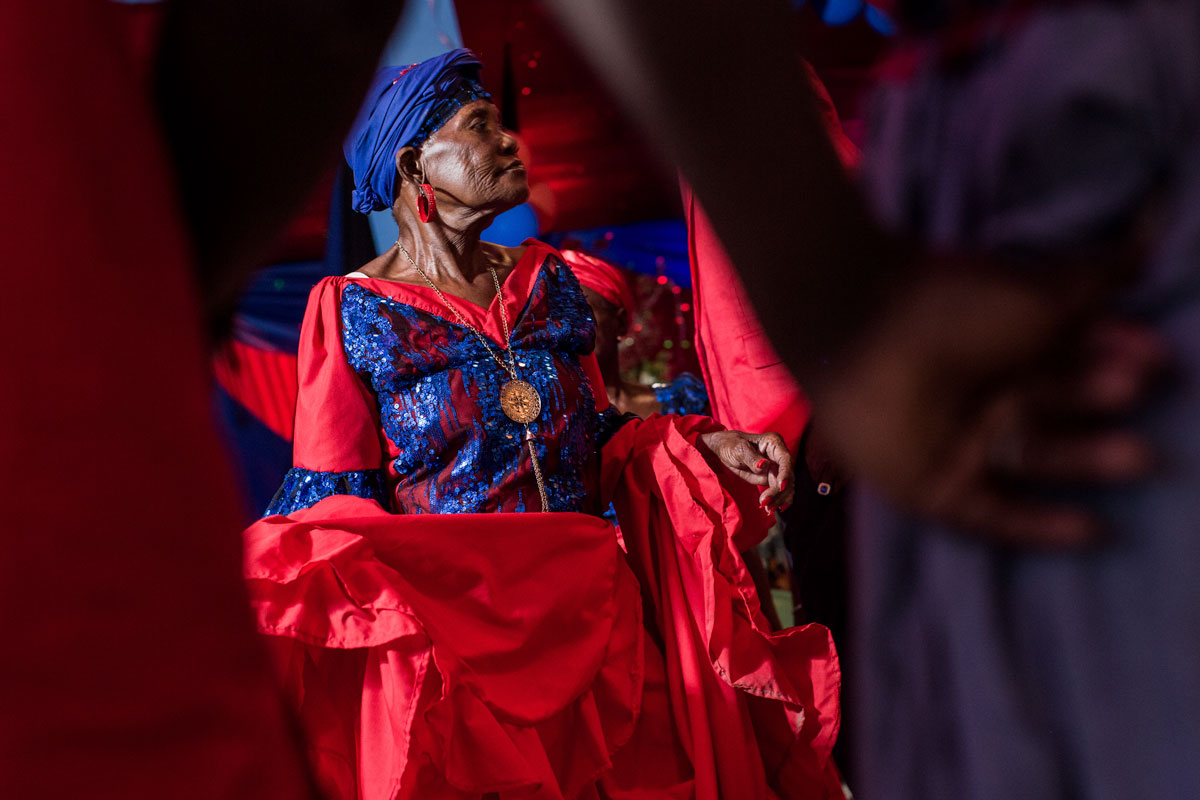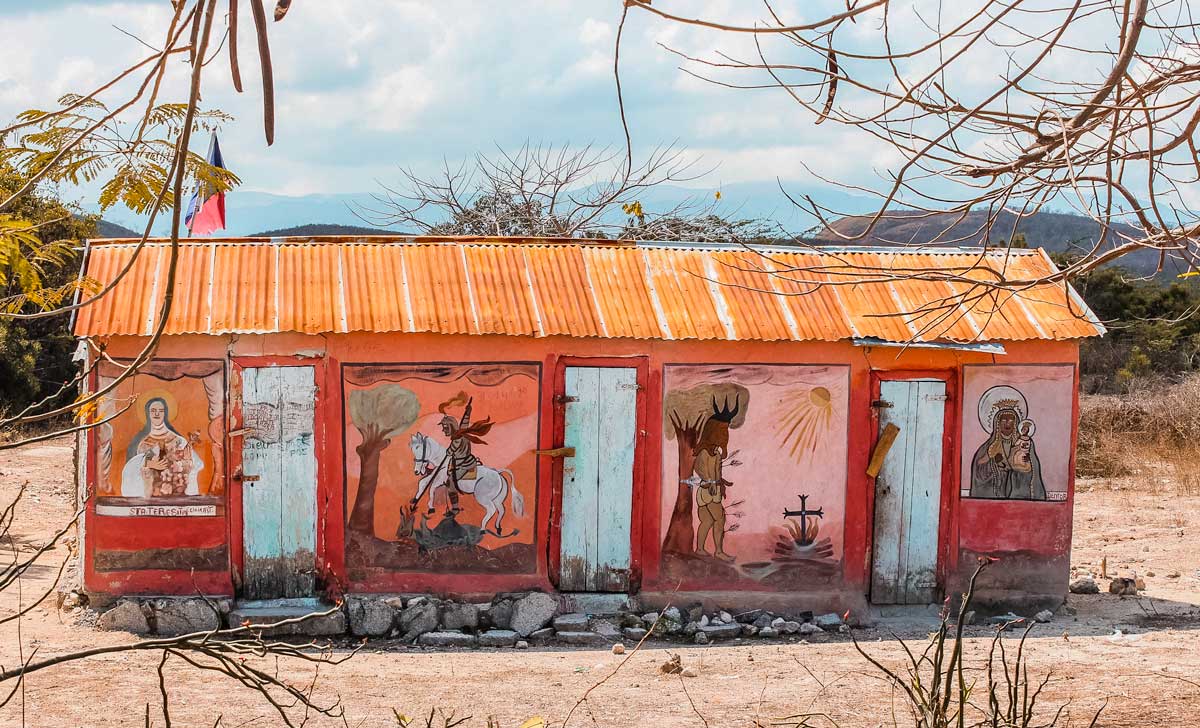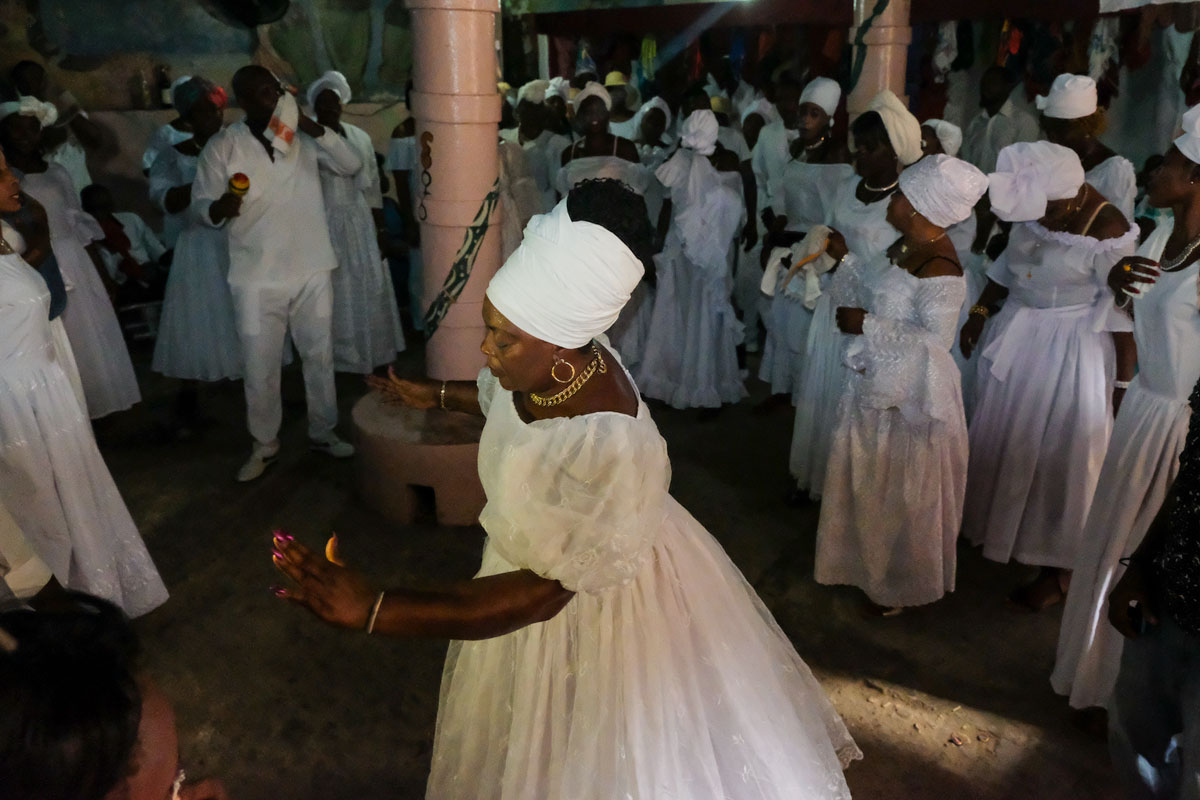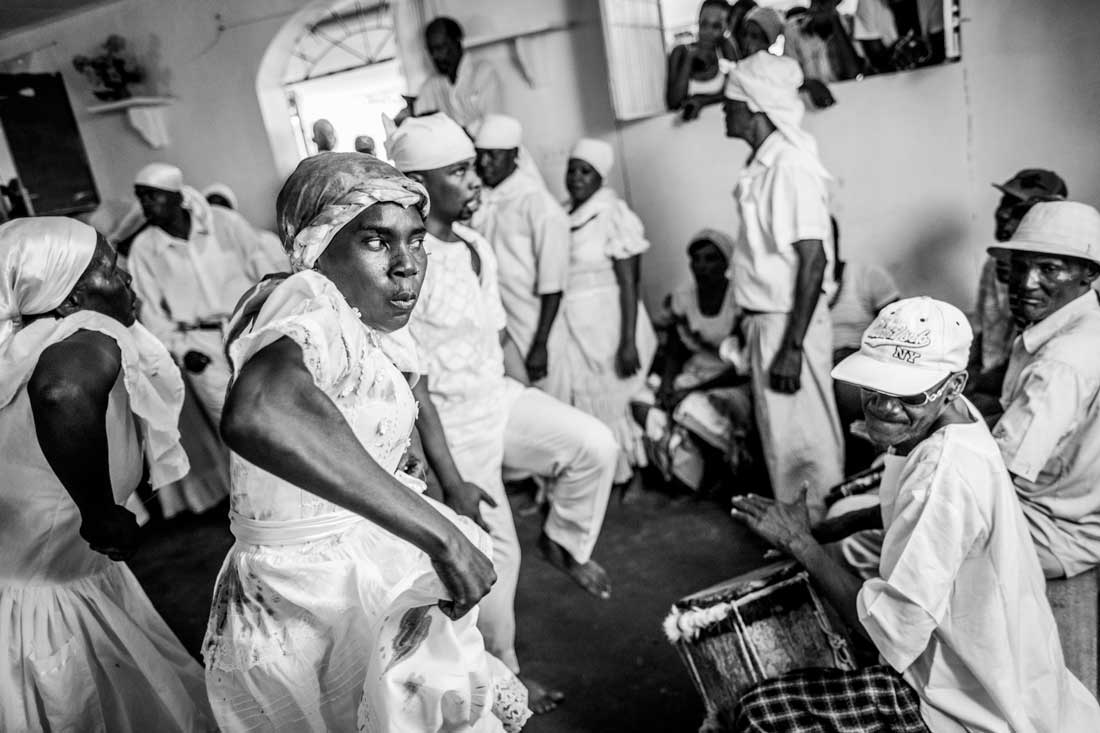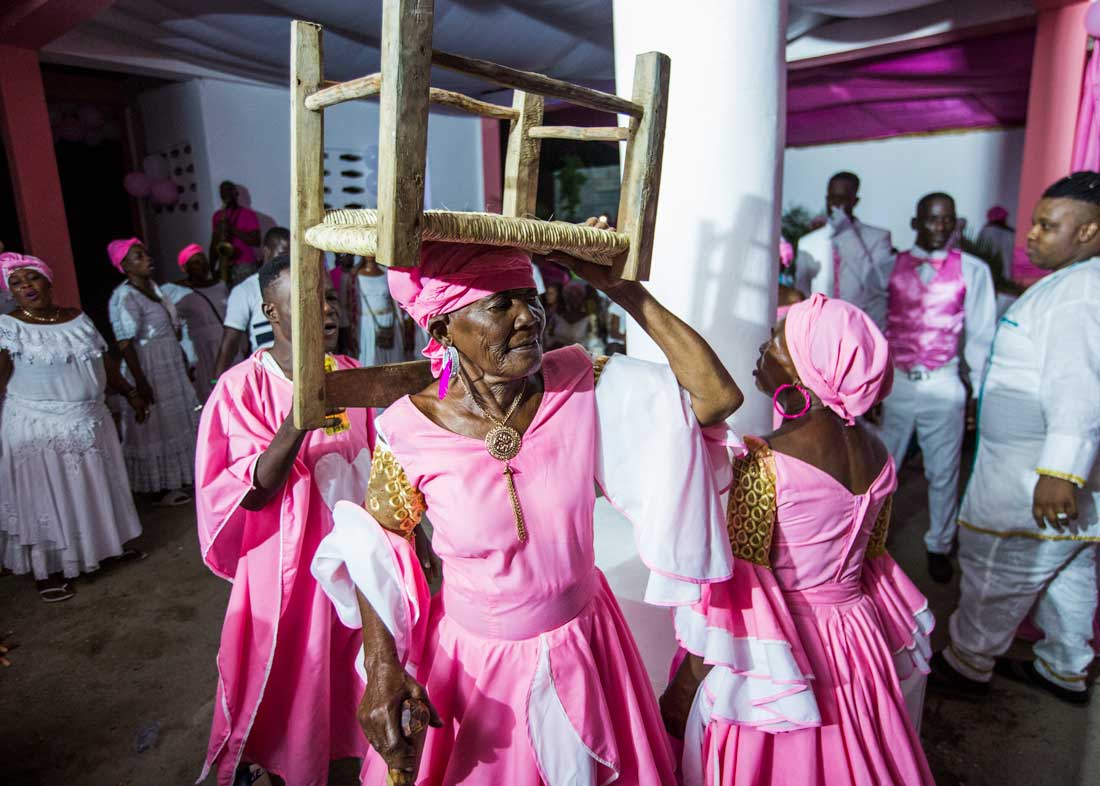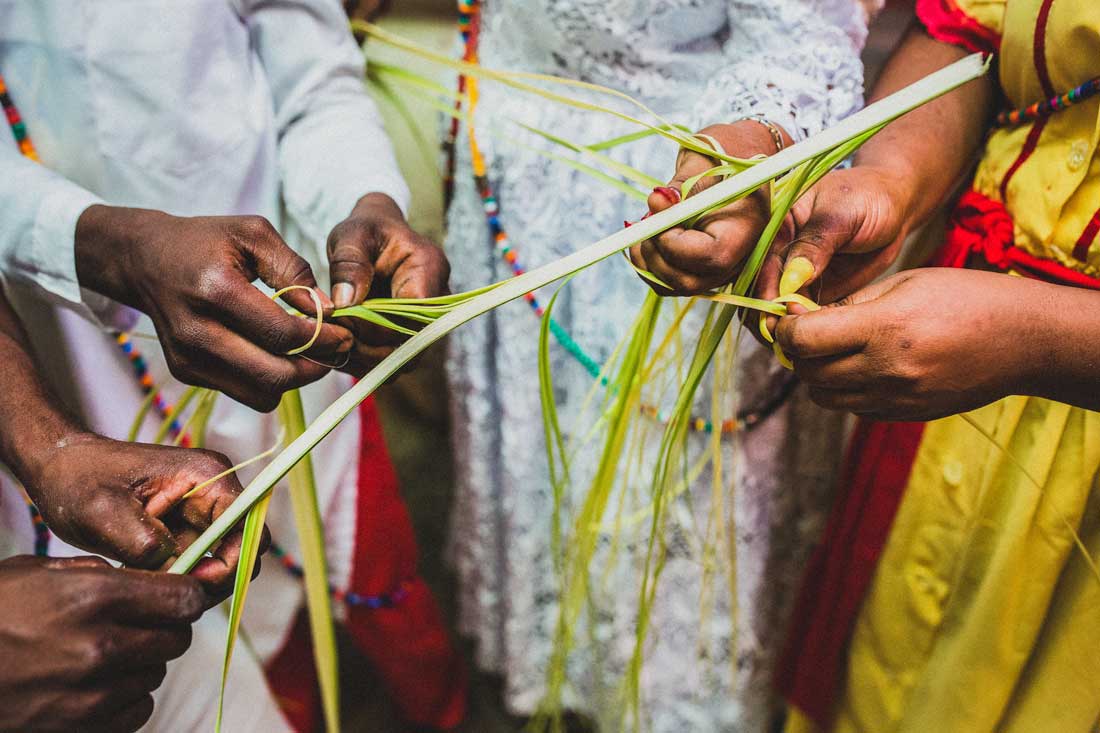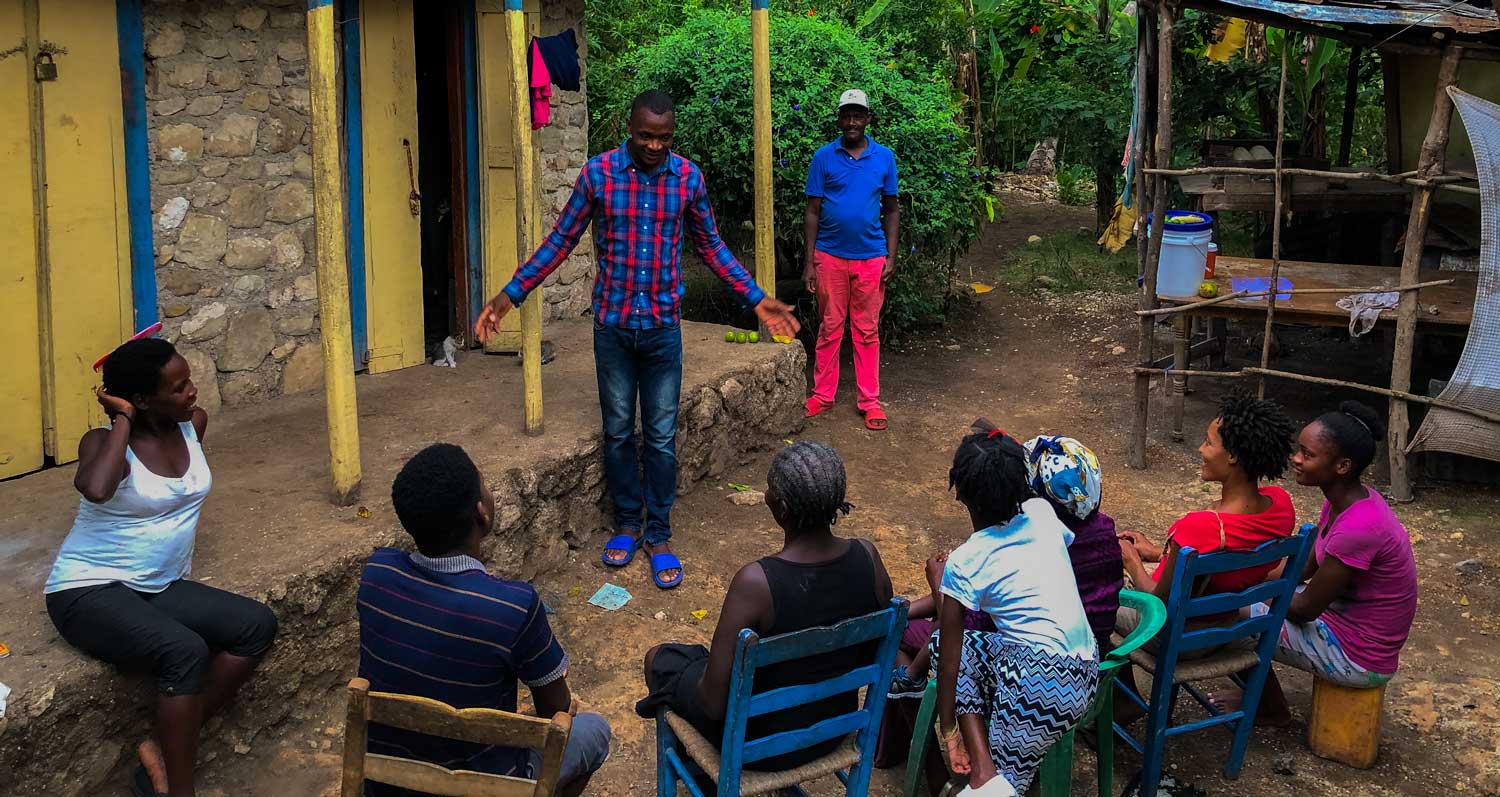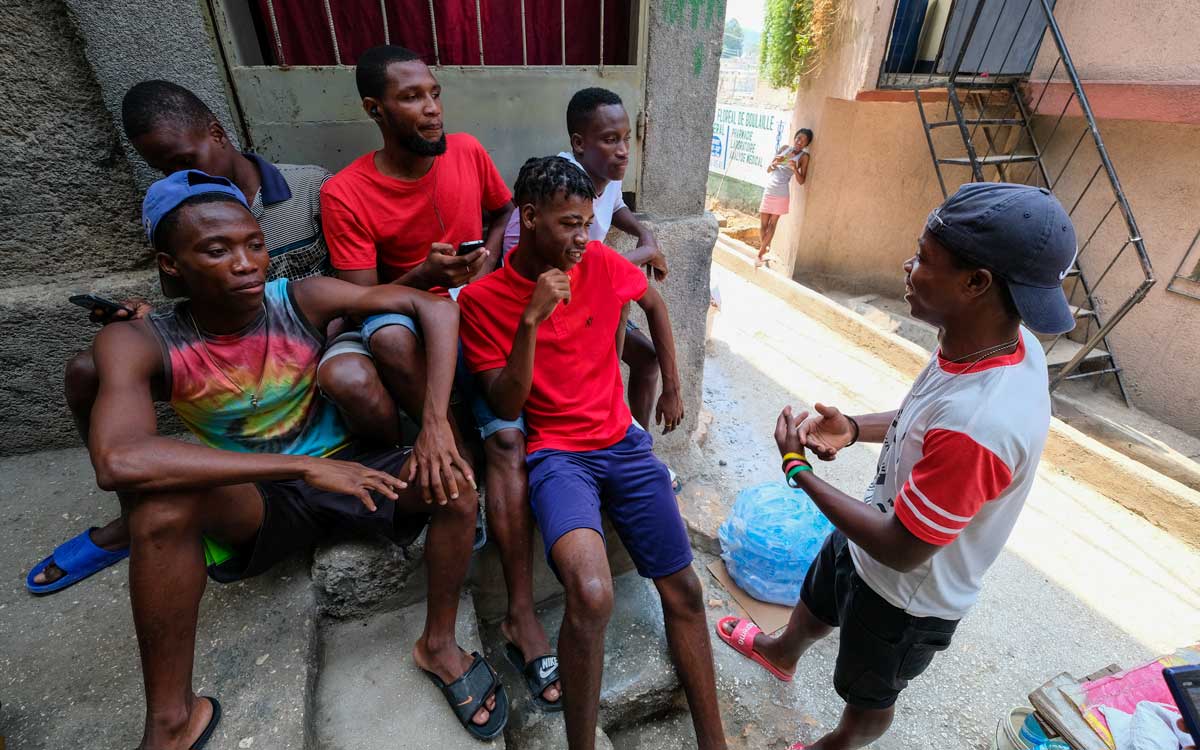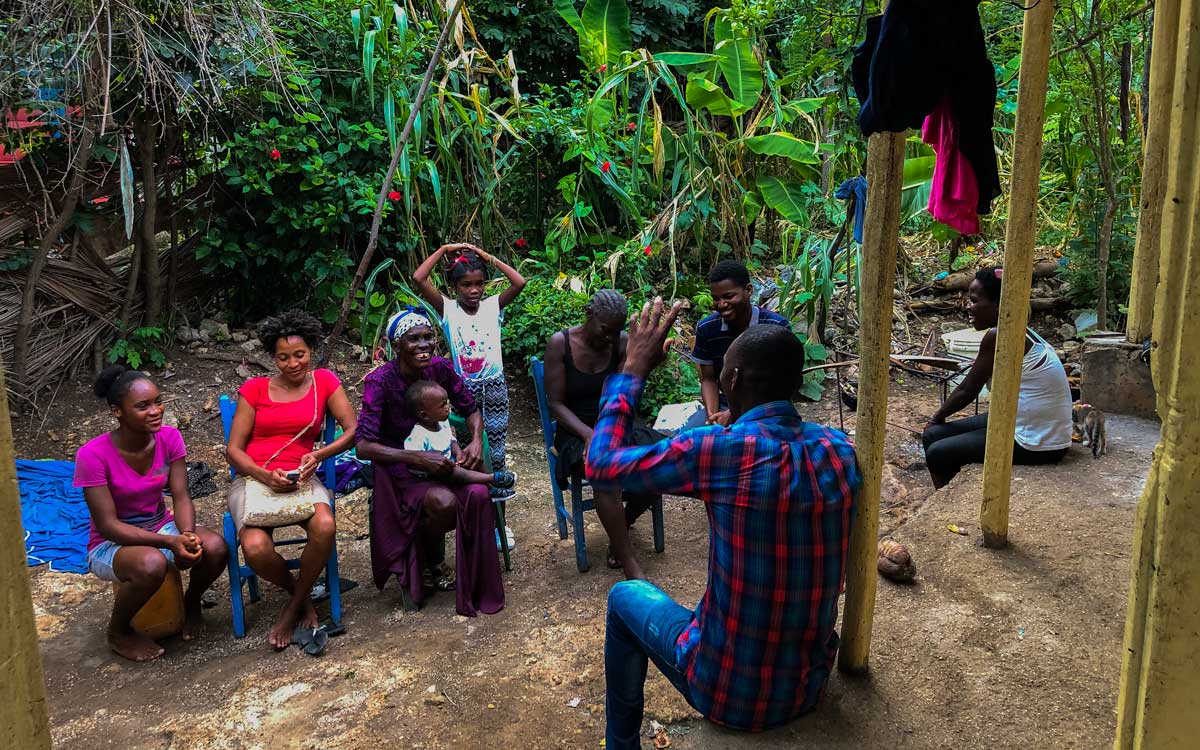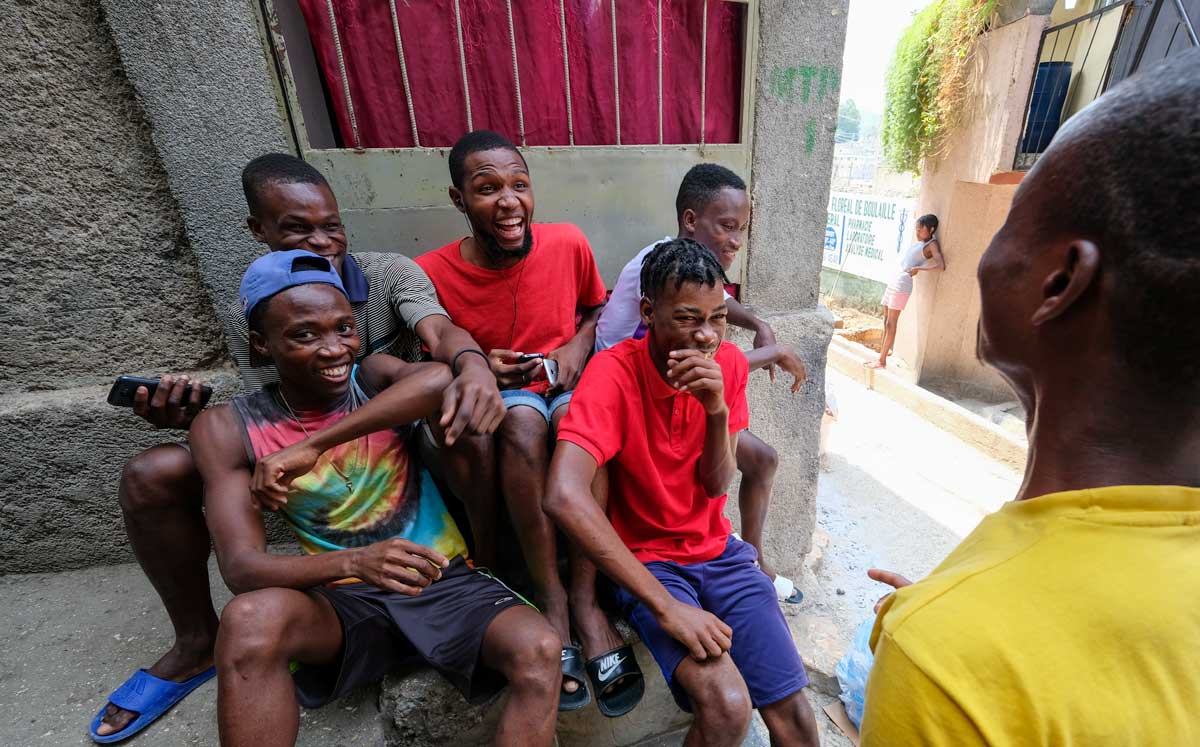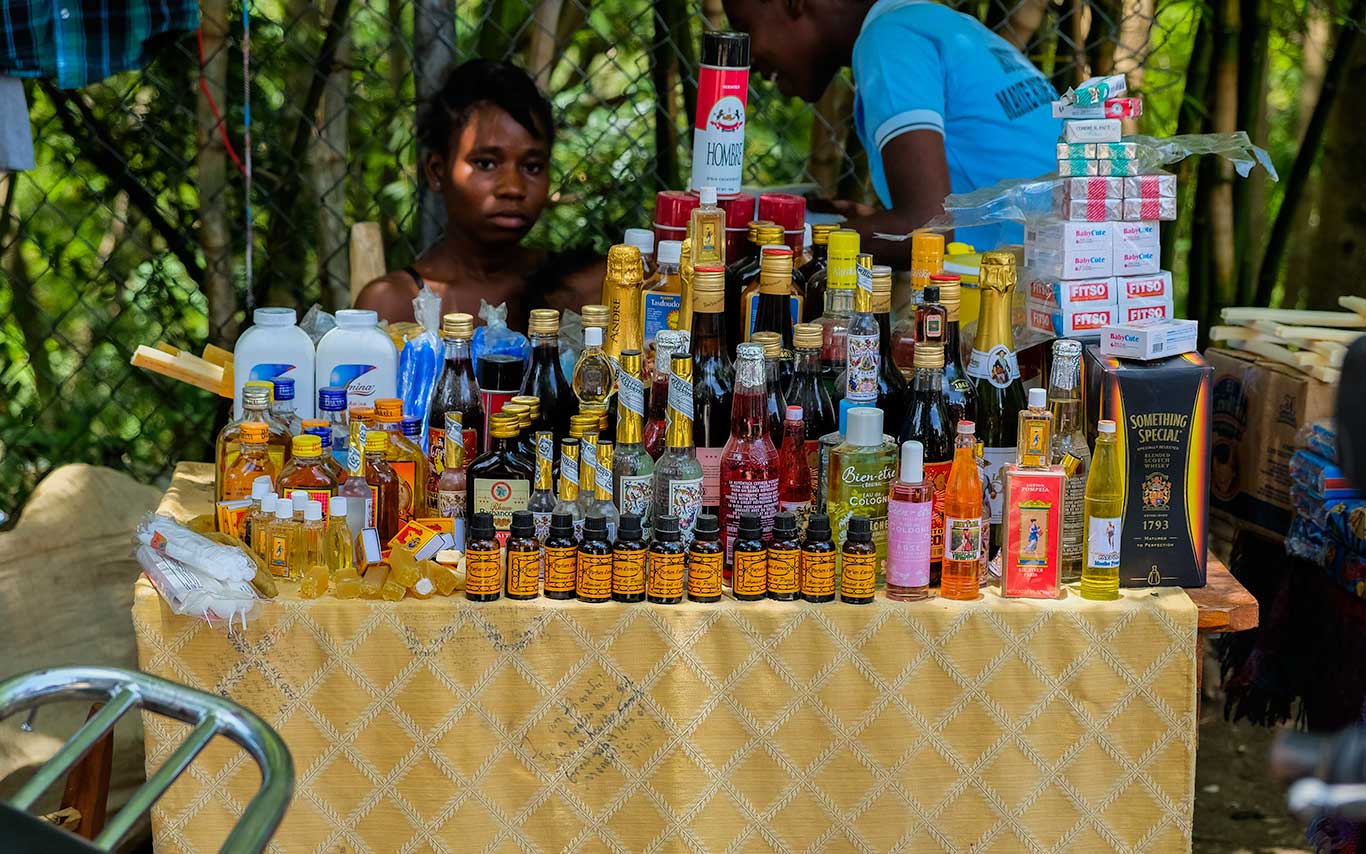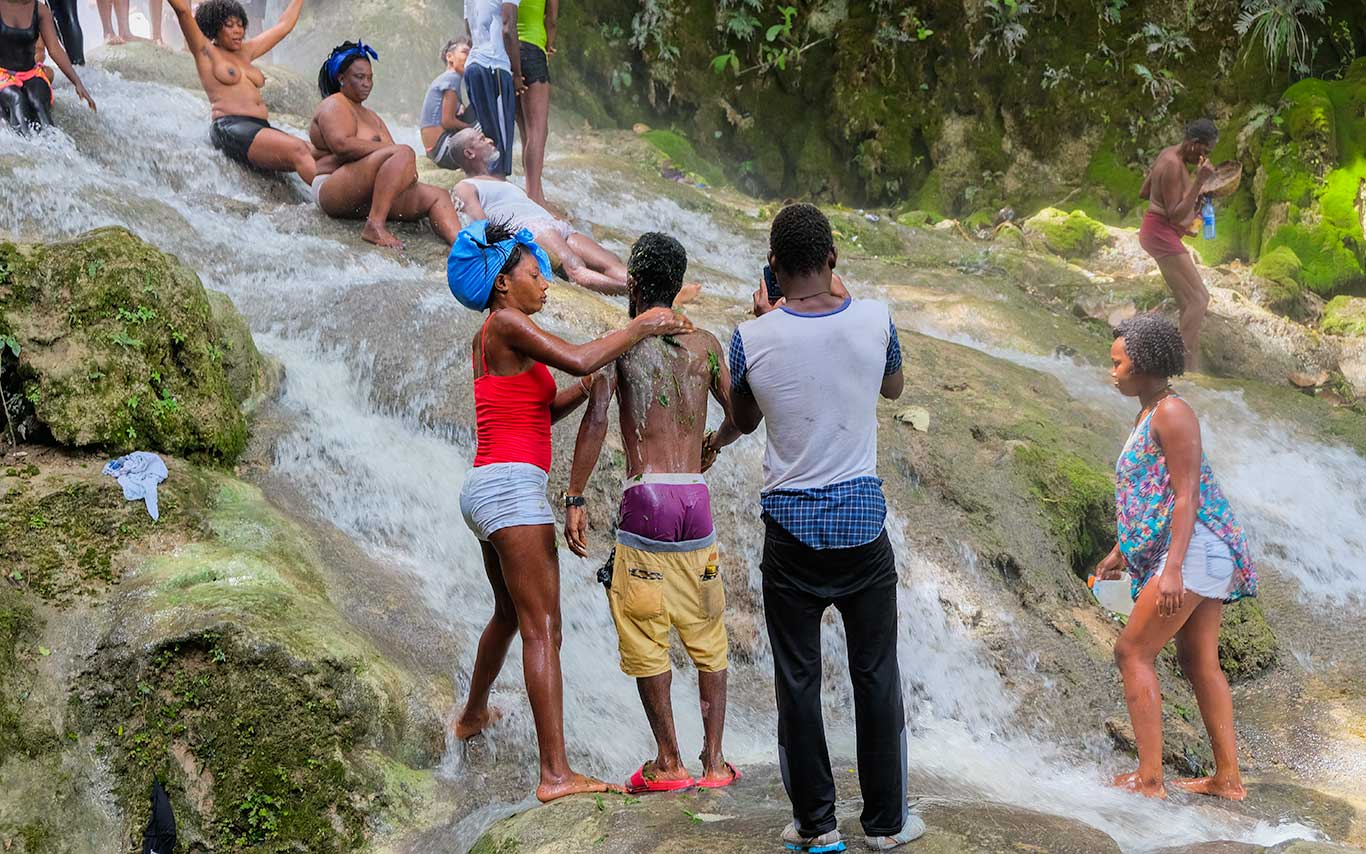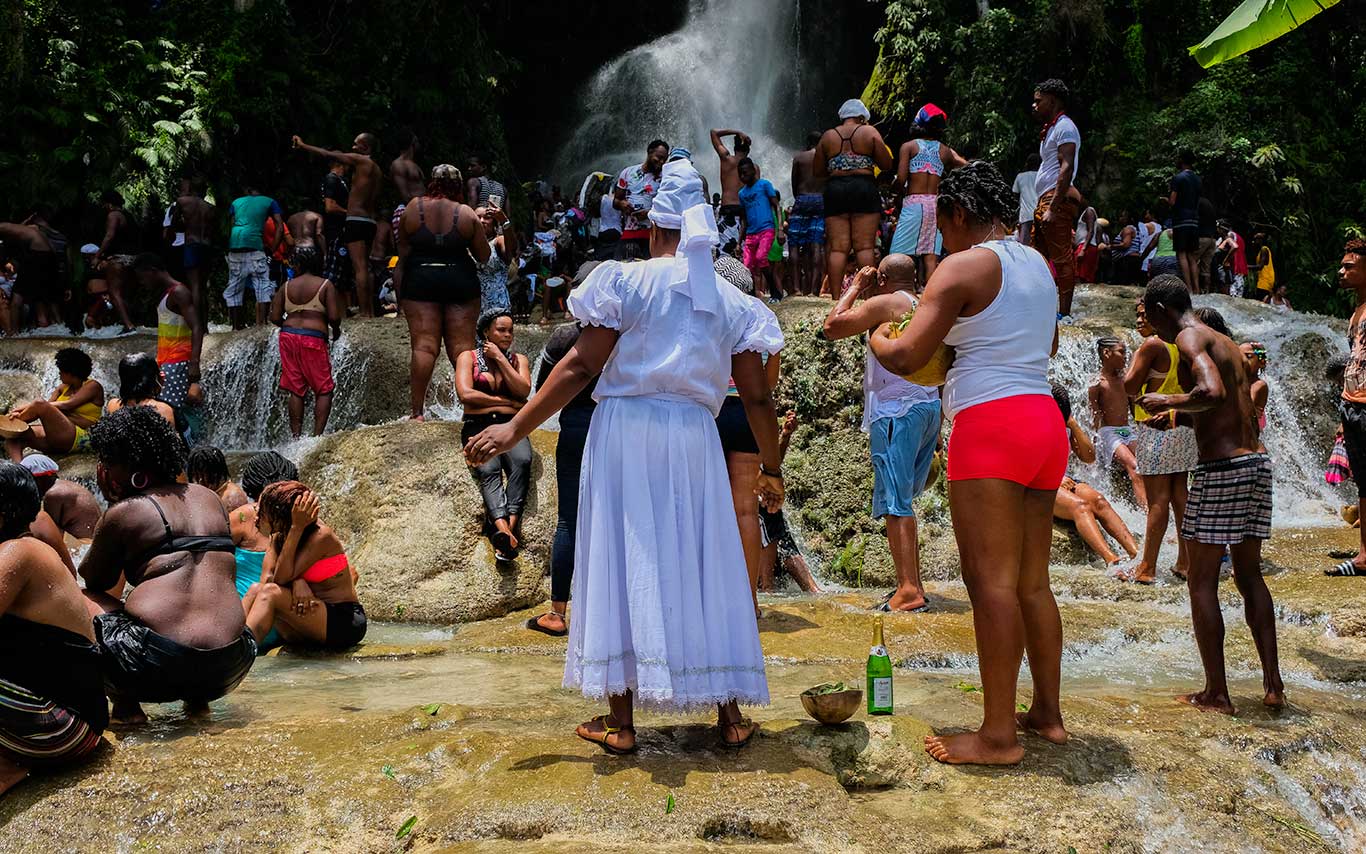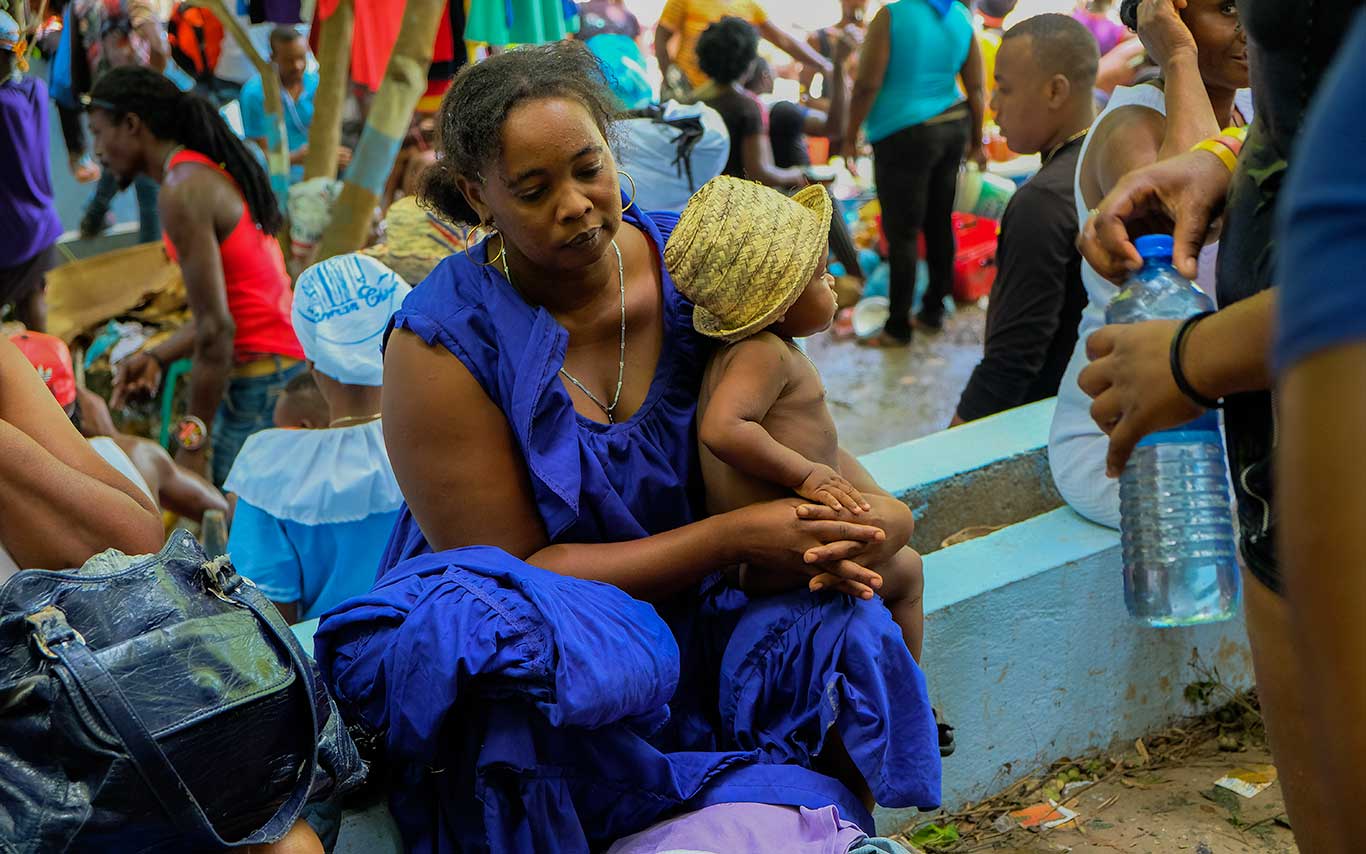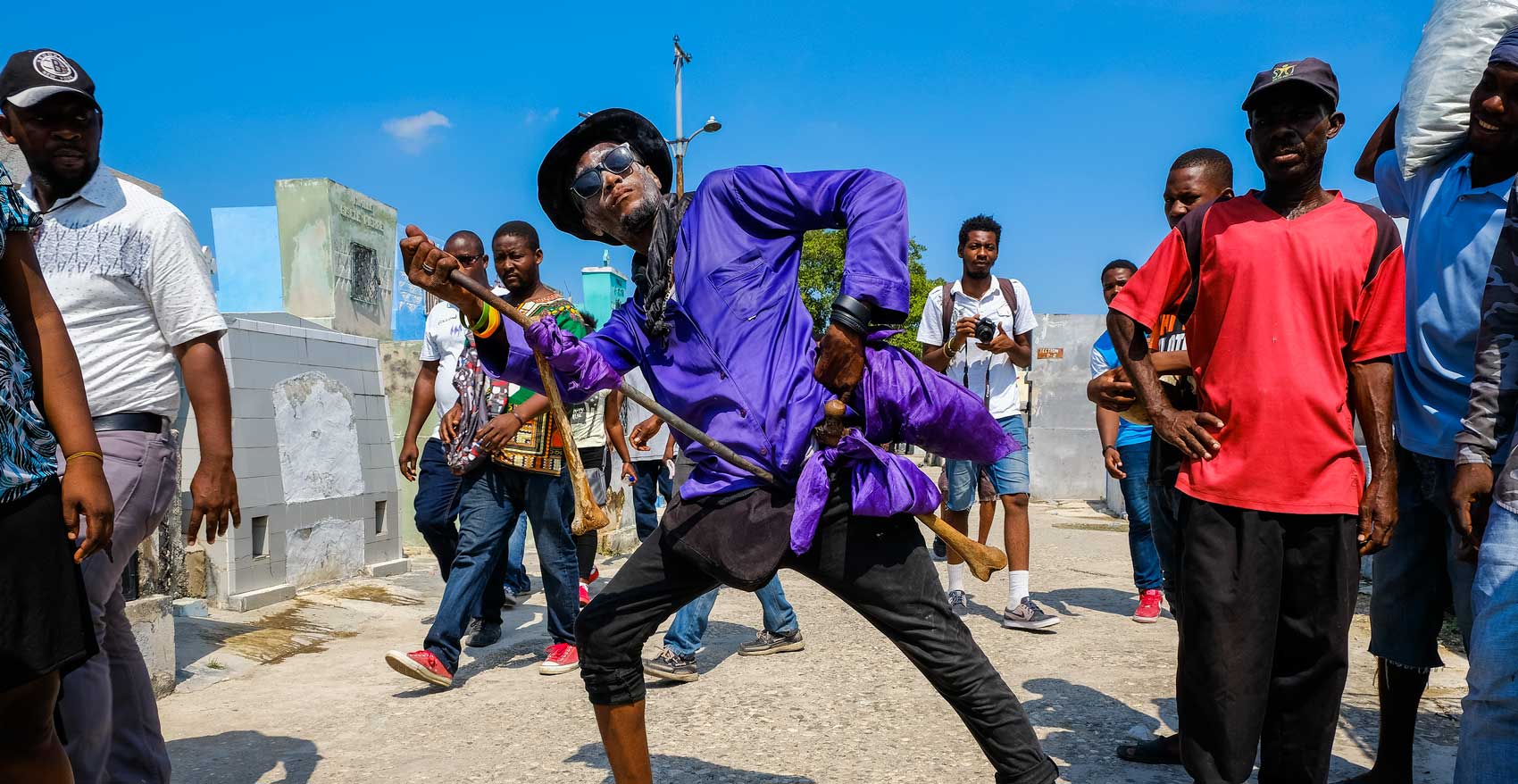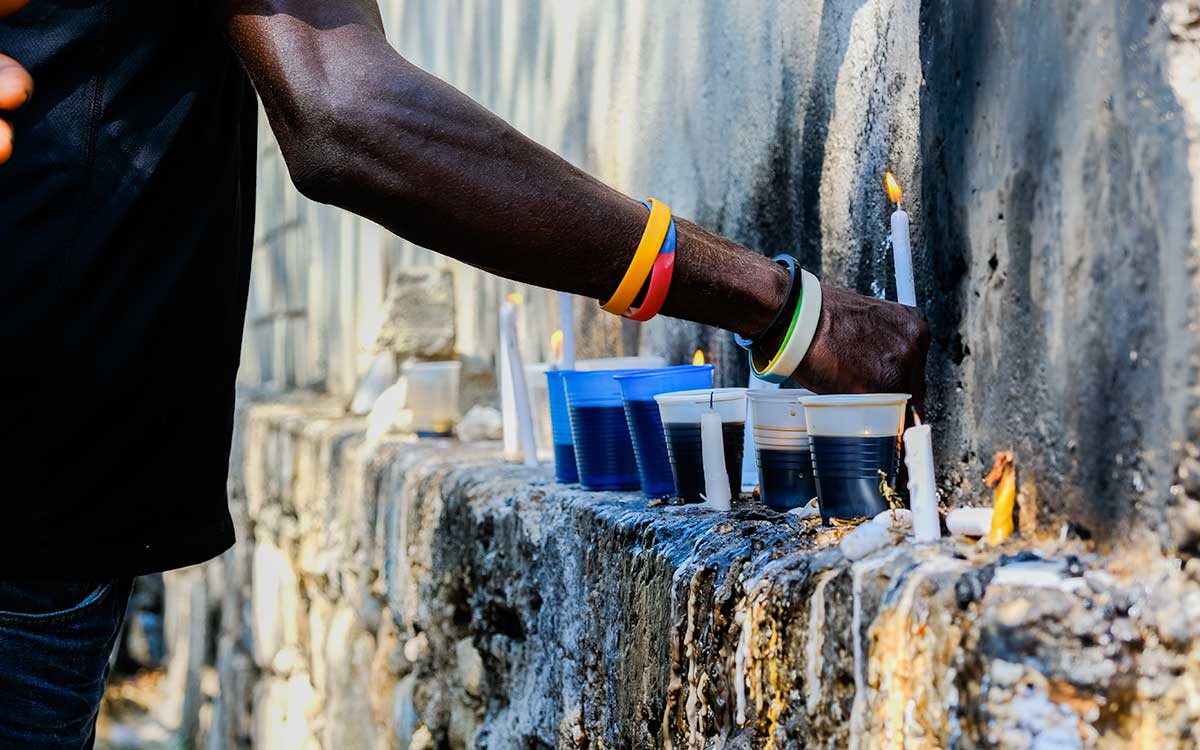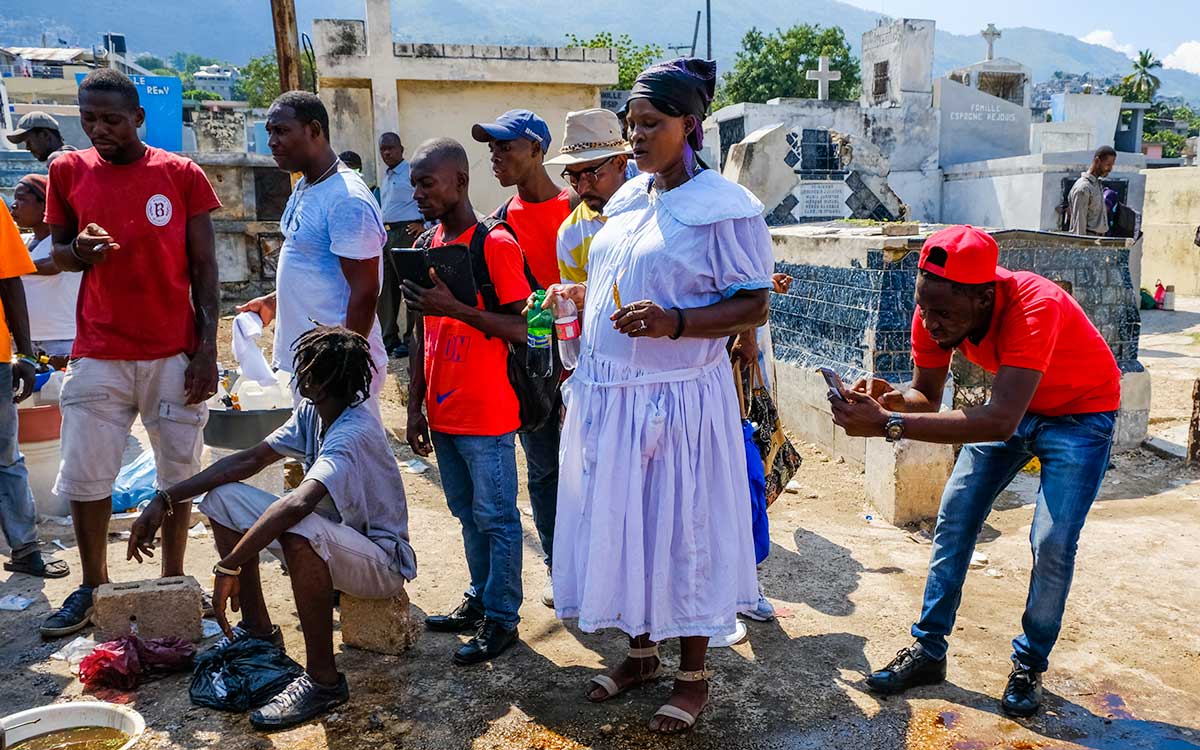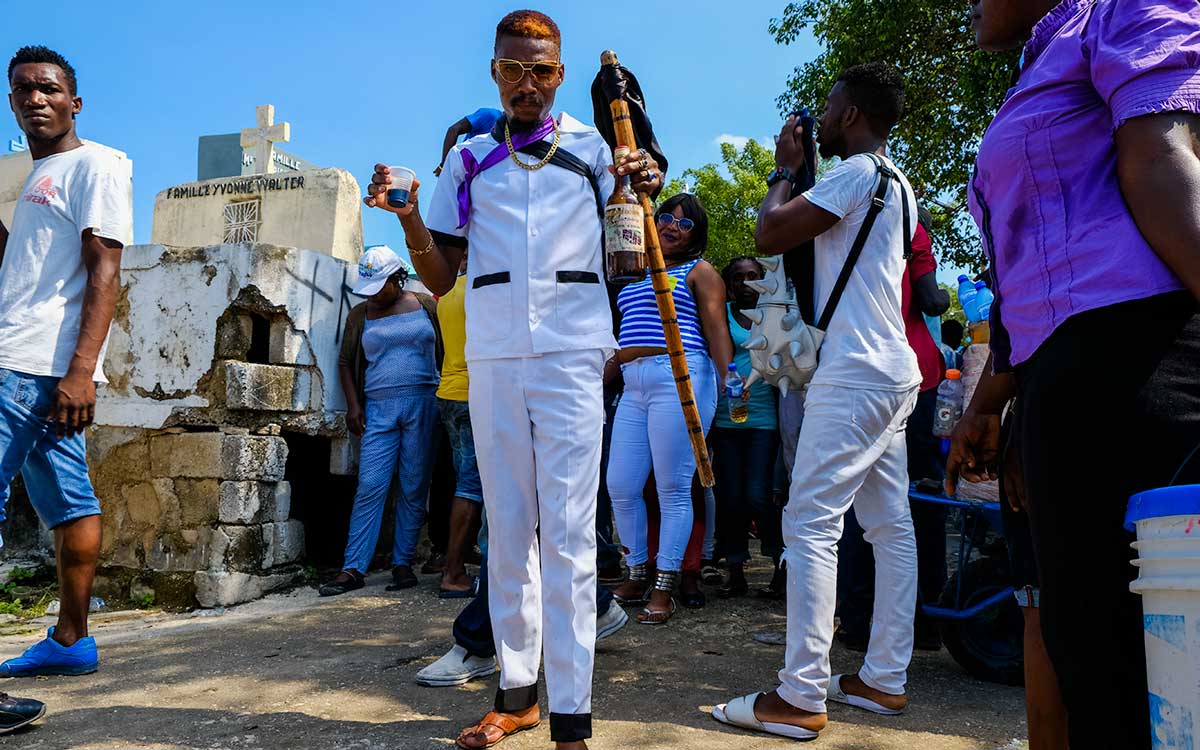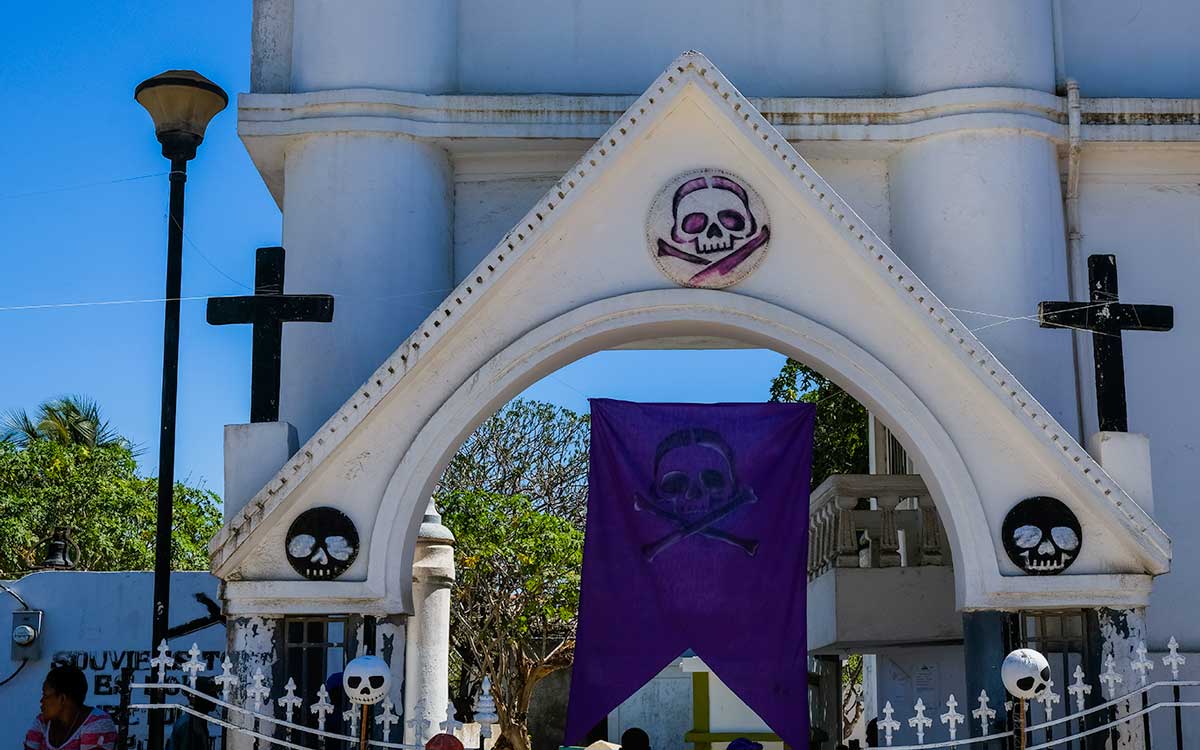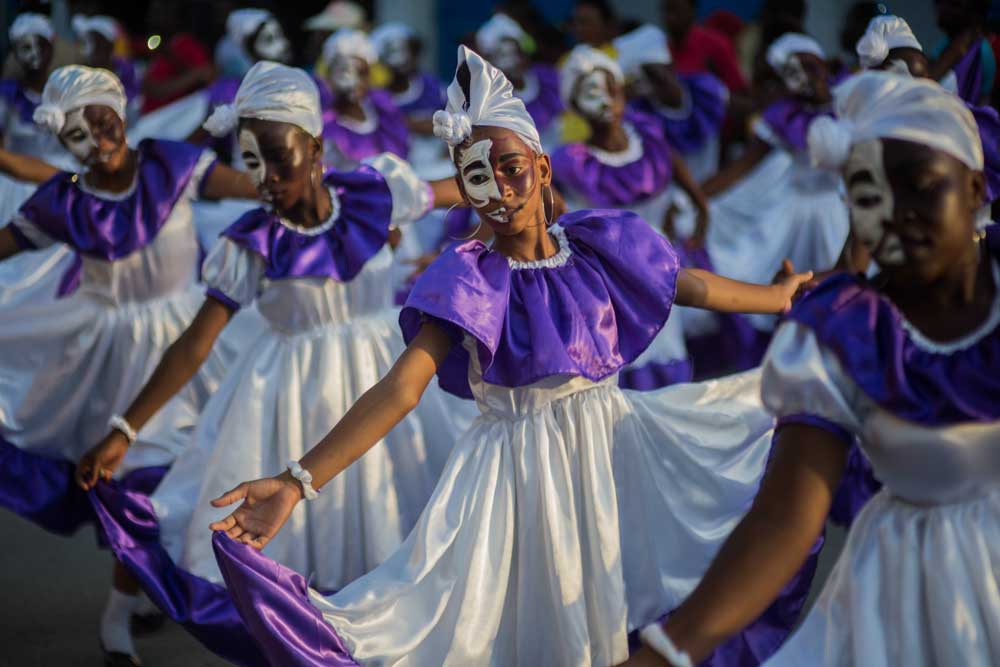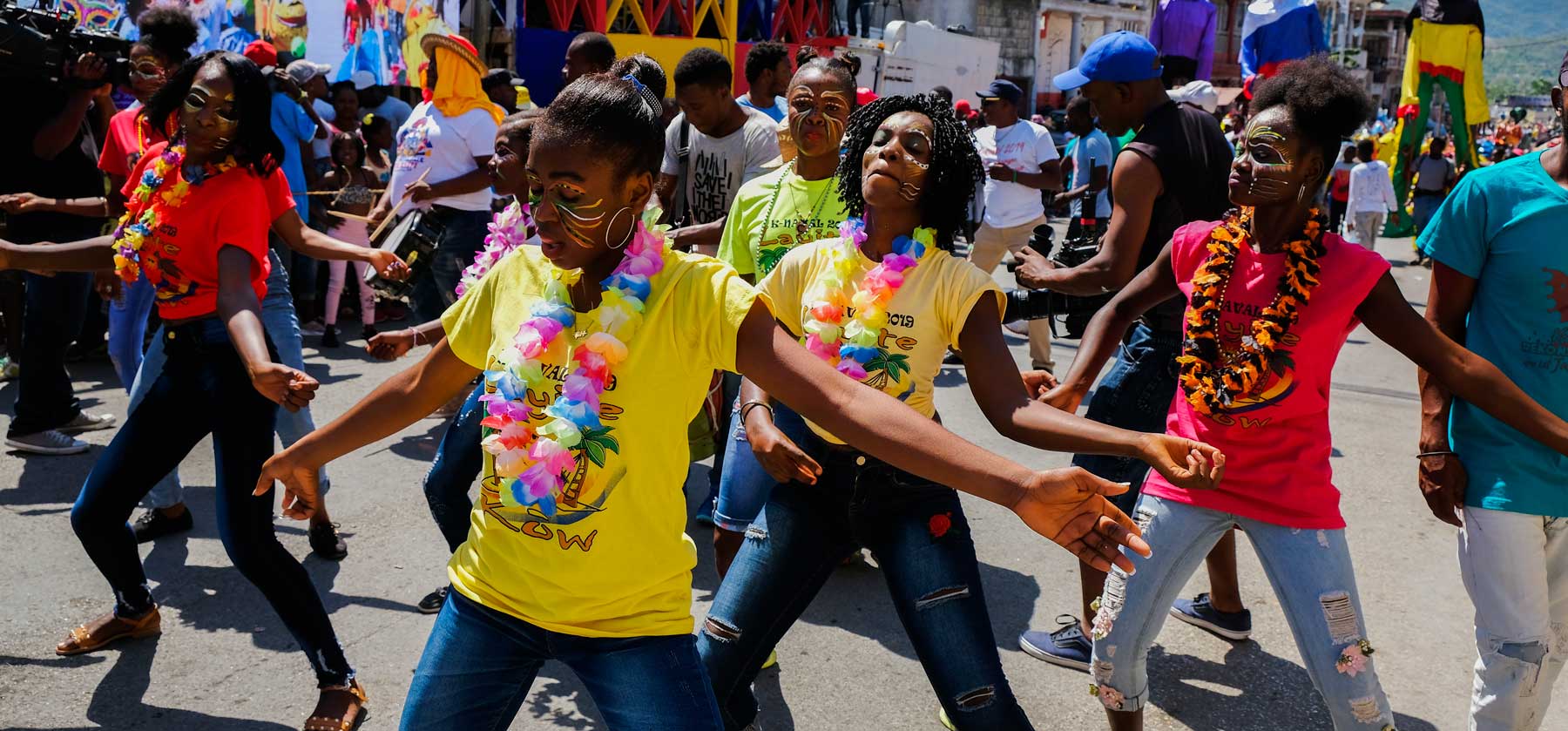
Photo: Franck Fontain
Party like a Haitian at Jacmel Carnival
Jacmel’s Carnival isn’t just something you watch—it’s something you feel, hear, and move with. From late-night street parties to legendary parades with giant surreal papier-mâché figures, here’s how to throw yourself into the madness.
More than just a party, Kanaval is a season that takes over Haiti, turning the entire country into a stage for creativity, revelry, and the uninhibited celebration of all things Haitian. Bold colors, fiery flavors, cheap (and dangerously good) rum, hypnotic music, and dancing that never stops—it’s all wrapped in a mix of mysterious folklore, mischievous spirits, and a deep sense of history. The echoes of Haiti’s colonial past stand side by side with its fiercely independent spirit, a reminder that this celebration is as much about identity as it is about revelry.
If you’re only in Haiti for a short time, the last thing you want is to waste hours figuring out where the party is. Plan ahead, head straight to Jacmel, and make your long weekend a non-stop Kanaval experience.
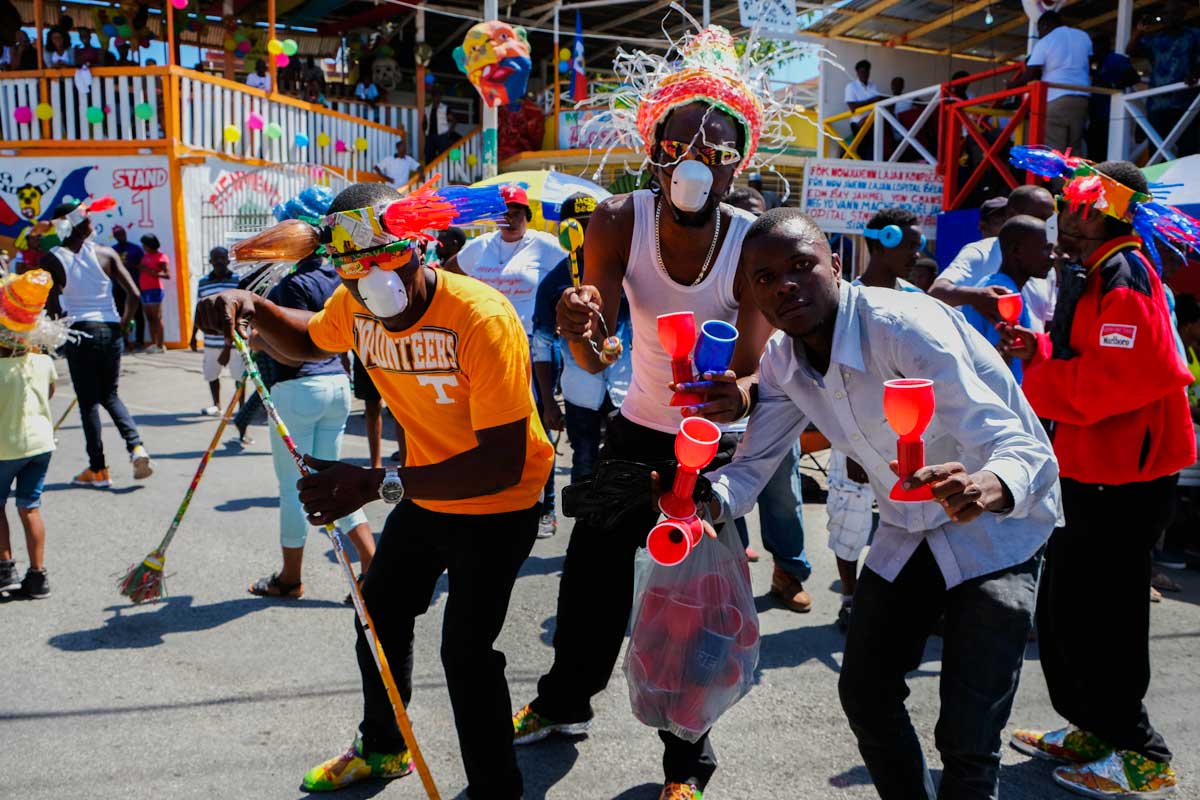
Photo: Franck Fontain
Getting to Jacmel
Flying into Port-au-Prince is no longer a viable option, as the current volatility in the capital has made overland travel from Port-au-Prince to Jacmel impossible. Instead, you should fly into Cap-Haïtien, Haiti’s northern hub, and then take a Sunrise Airways domestic flight to Les Cayes in the south, which costs around $100 USD.
Once in Les Cayes, you can get to Jacmel via public transport in minivans known as tap-taps or by hiring a private taxi. The drive takes around five hours, but luckily, it’s one of the best-maintained roads in the country and offers some of the most scenic countryside views.
- Tap-taps – The cheapest way to travel, costing around $35 USD, but also the most crowded. Expect a tight squeeze, lively conversations, and the chance to get out of your comfort zone. We recommend getting in early and head for the back row which offers fresh air and good access to the view of passing countryside.
- Private taxi – A more comfortable (but significantly pricier) alternative. Rates vary, but expect to pay upwards of $200 USD for the trip.
Never taken a tap-tap before? Watch our guide on how to take a tap-tap in Haiti for tips on what to expect and how to ride like a local.
Once you arrive in Jacmel, prepare to be swamped by moto drivers who will enthusiastically vie for the chance to drive you to your accommodation. If you’re travelling light, you can walk: Jacmel is compact and everything’s within walking distance. If you feel like starting your trip with a shot of adrenaline, you can jump on a moto, but make sure you check this guide before you do.
Where to stay
If you book in advance, you can find accommodation at a spectrum of hotels, from historic lofty-ceilinged mansions of Victorian coffee barons like Hotel Florita to ocean view Airbnb villas with their own pool overlooking Jacmel bay like the Chic Chateau to family-owned hotels with private beach like Cyvadier Plage and maybe even a couchsurfing couch.
Whatever you choose, your local host will probably share with you their favourite way to enjoy Kanaval weekend.
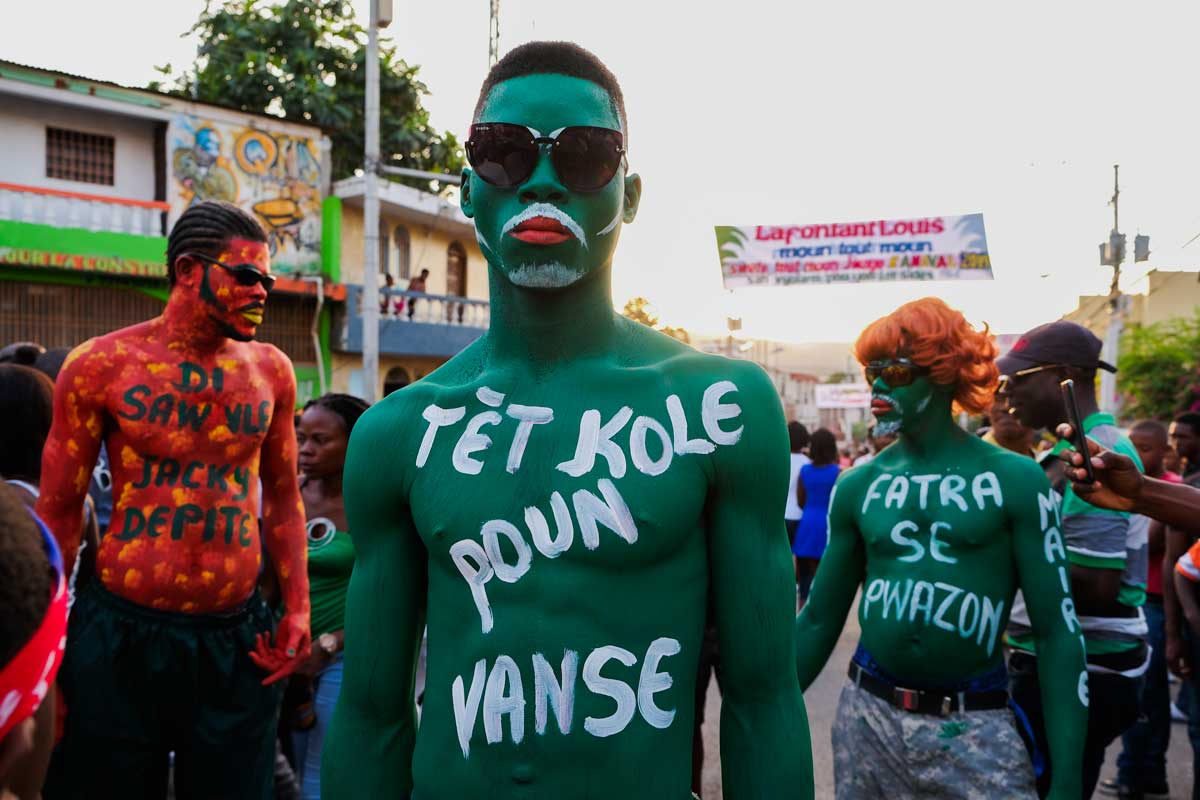
Photo: Frank Fontain
How to party
First up, this is a three-day party. Slow and steady wins the race, so don’t get too swept away by the strange tides overtaking the city. The joy of Kanaval is in the air, but it’s perfectly fine to soak up the atmosphere from a distance while you settle into your room and crack open the first drink of the weekend.
If you make the rookie mistake of partying too hard on Friday night, you’ll be hitting the snooze button while everyone else is hitting the beach. On Saturday morning, the best move is to pack a bag and head to the beach, where it’s time to socialize, surf, and sip coconut water (or something stronger).
As night falls over the glistening bay of Jacmel, the energy shifts, and it’s time to pick your party. If you’re looking for a classic nightclub experience, Le Belvédère is one of Jacmel’s most iconic spots, located within walking distance of most city hotels. For something more high-energy, Var Club is a favorite, but since it’s a 10-minute drive from downtown, you’ll need to arrange transportation. Expect blasting Afrobeats, Kompa, Raratech, and other tropical rhythms—and don’t count on having much conversation.
If you’re after something more relaxed, L’Auberge du Vieux Port is the place to be, with live jazz performances and a slightly older crowd.
Stay up as late as you want, but don’t forget—Sunday is the big finale.
This brings us to the final stretch of the weekend: Sunday, and the main event. Kanaval proper is a parade that floods the streets with song, rhythm, and color. The creativity and intricacy of the masks are constantly astonishing. Alongside the bold primary colors, voluminous dresses, and towering turban-like headpieces you’d expect, you’ll find modern twists—body paint, avant-garde costumes, and masks that veer into the dark, bizarre, and surreal, rivaling the novelty and extravagance of Burning Man.
All of this unfolds to a ceaseless backdrop of Caribbean rhythm and voices lifted in song, often in Creole. The bands perform with unstoppable energy and stamina, and the “cha” will teach you that music can be played louder than you thought was possible. For the next twelve hours, the main streets will be packed with movement as the crowd dances, sings, and parties nonstop—straight into the early hours of Monday.
Curious about the characters and costumes of Jacmel Carnival? Check out our guide to the colorful figures that make Kanaval unforgettable.
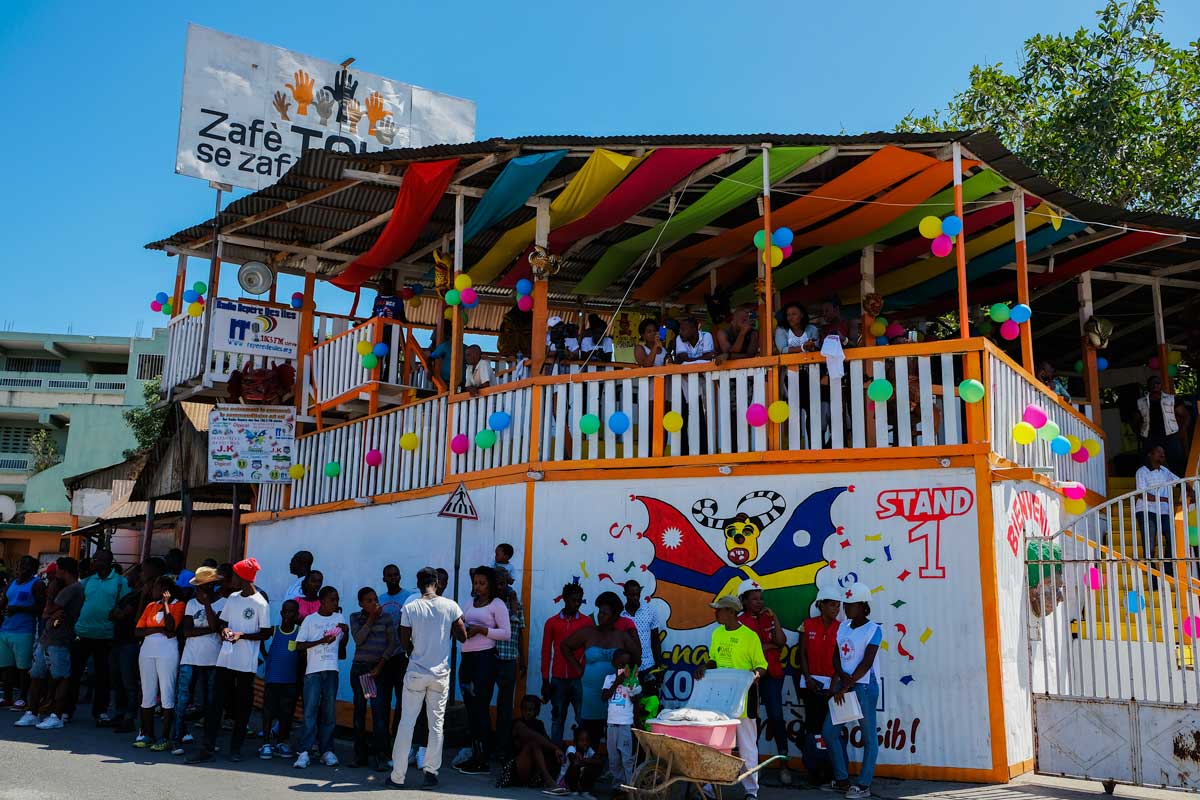
Franck Fontain
Kanaval stands
If you’re serious about surviving Sunday, it’s worth spending $10–$30 USD for a stand ticket. Not only does it give you a home base to stash your belongings, but it also lets you dive into the crowd, ride the wave of the parade, and retreat to rest when needed.
If you’re in Haiti on a tight budget, you might be tempted to skip the stands in search of a more “authentic” (and cheaper) experience. But trust us—after hours of nonstop dancing, sun, and crowds, the convenience of a seat becomes priceless. It’s better to have a spot on a stand and not use it than to need a spot on a stand and not have it.
If you sprinted into the weekend on Friday night with a big hoorah then the parades, rara bands and cha’s on Sunday will more than likely exceed your tolerance for stimulus. But if you paced yourself, you’ll have the energy to keep up with the rum cocktails, the relentless music, and the chaotic beauty of it all.
Carnival is a party tsunami—vibrant mayhem, organized chaos, unfathomably loud, and absolutely unforgettable. And let’s be honest—once you’ve experienced it… you’ll be back.
Written by Sarah Wallace.
Published August 2018.
Updated February 2025.
Explore more festivals and events

Paradise for your inbox
Your monthly ticket to Haiti awaits! Get first-hand travel tips, the latest news, and inspiring stories delivered straight to your inbox—no spam, just paradise.




